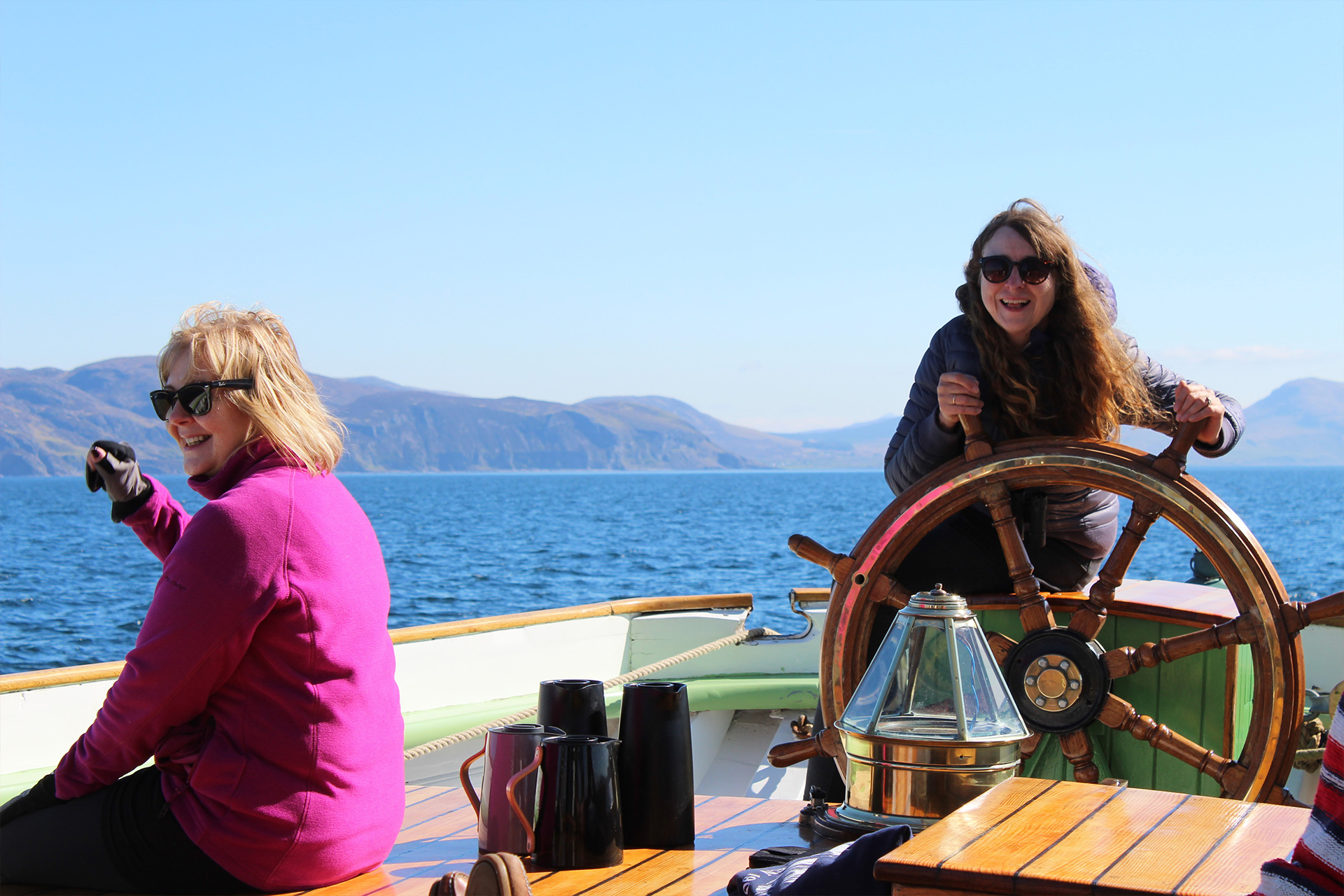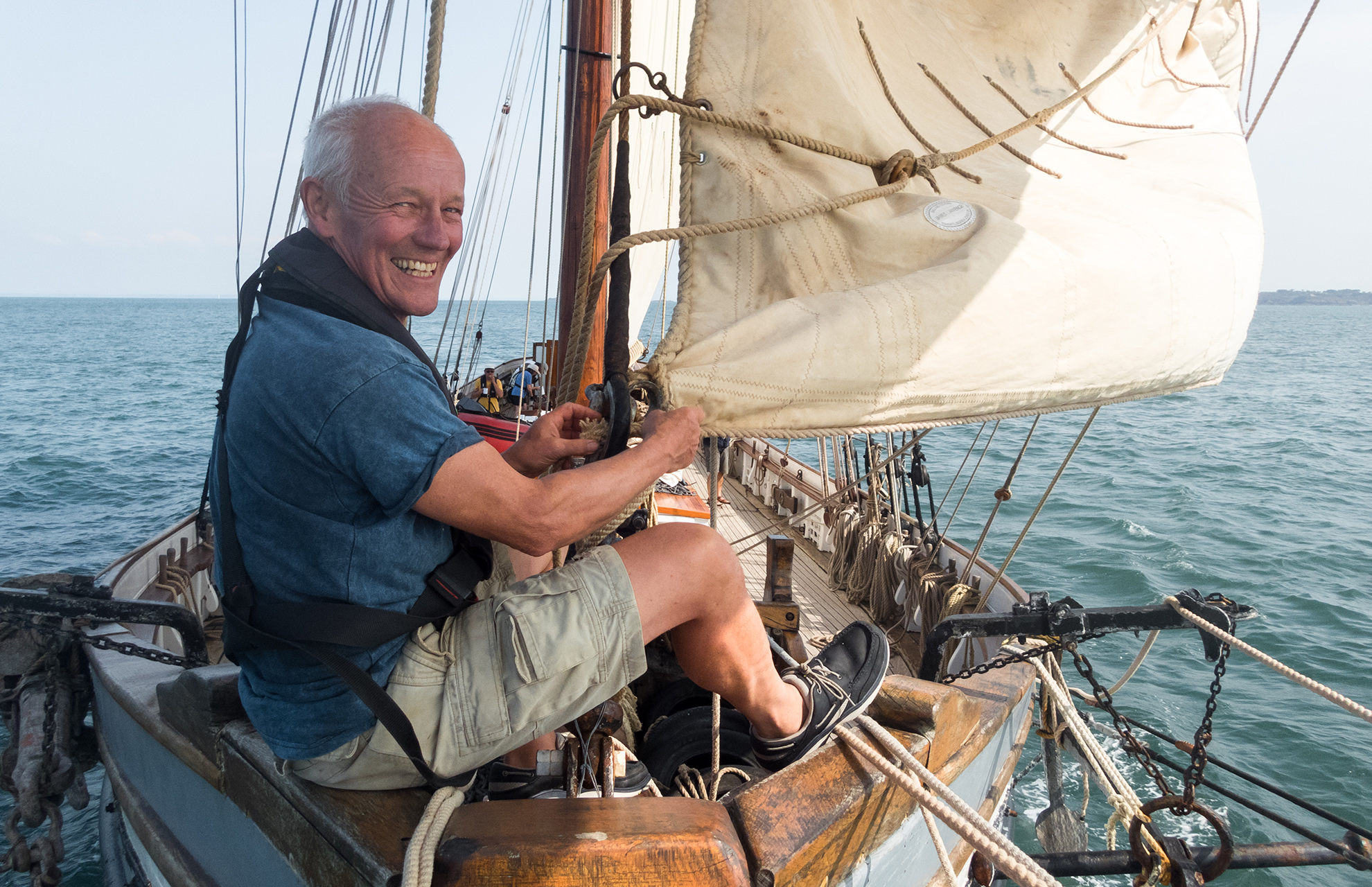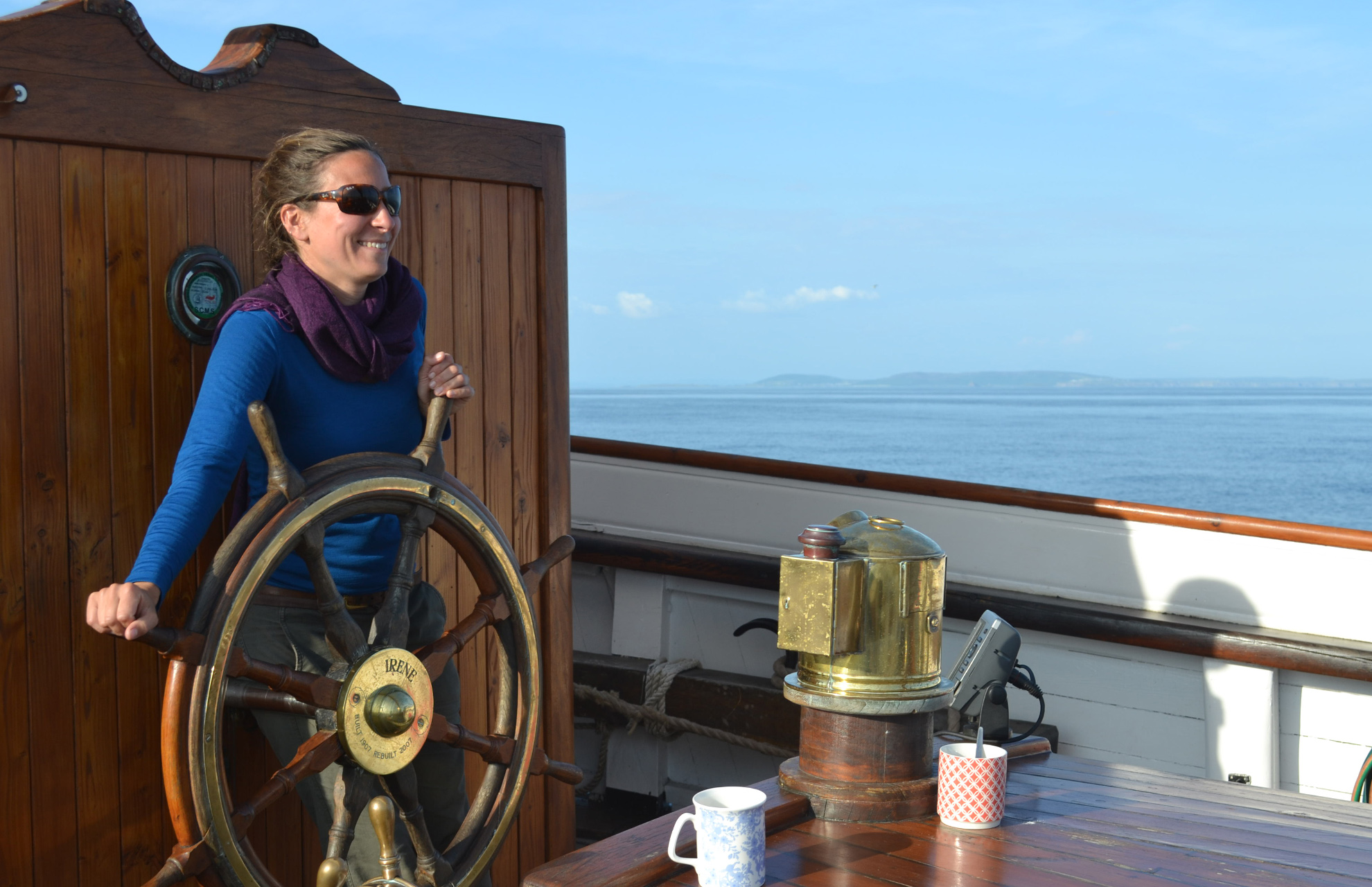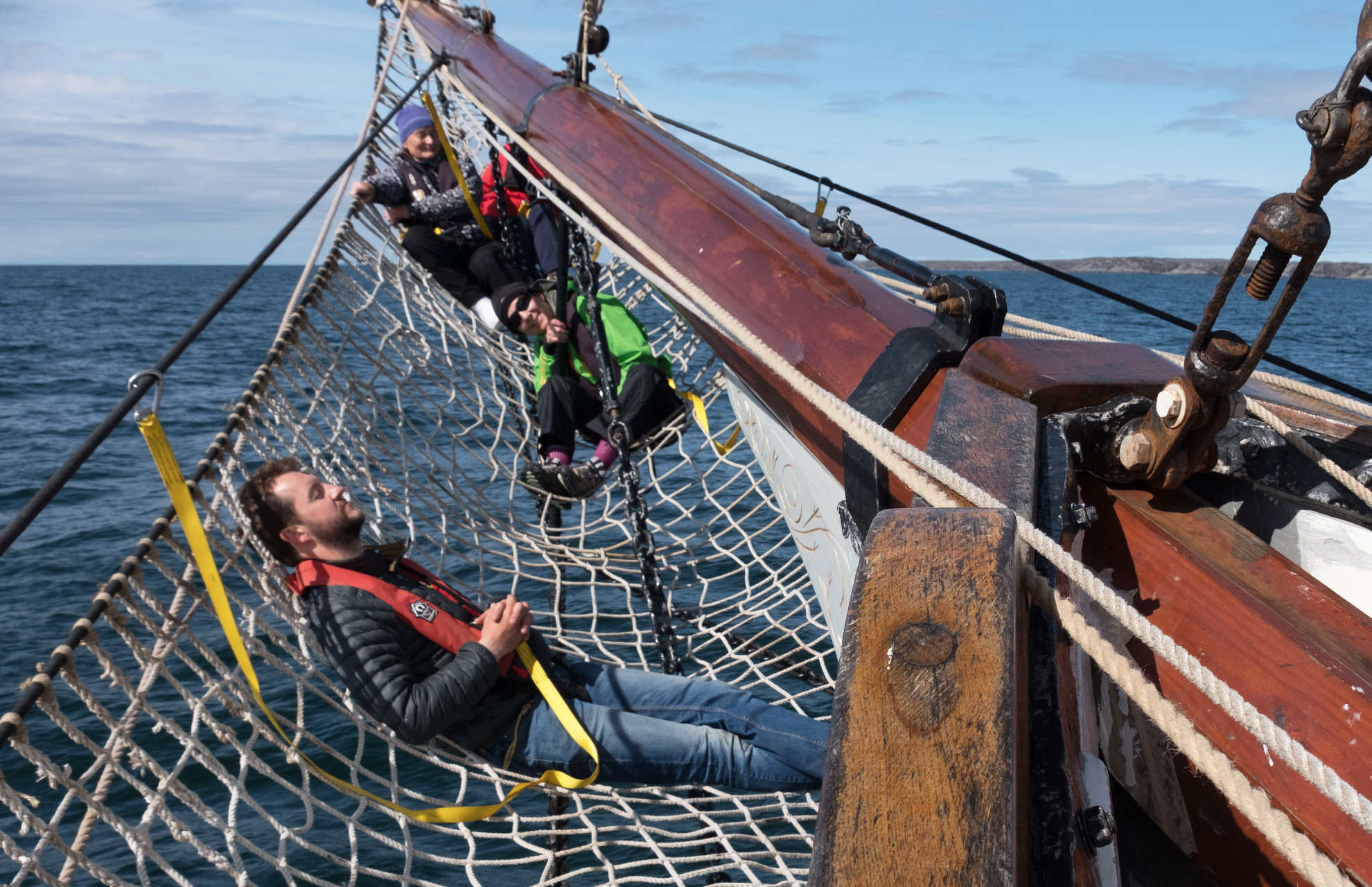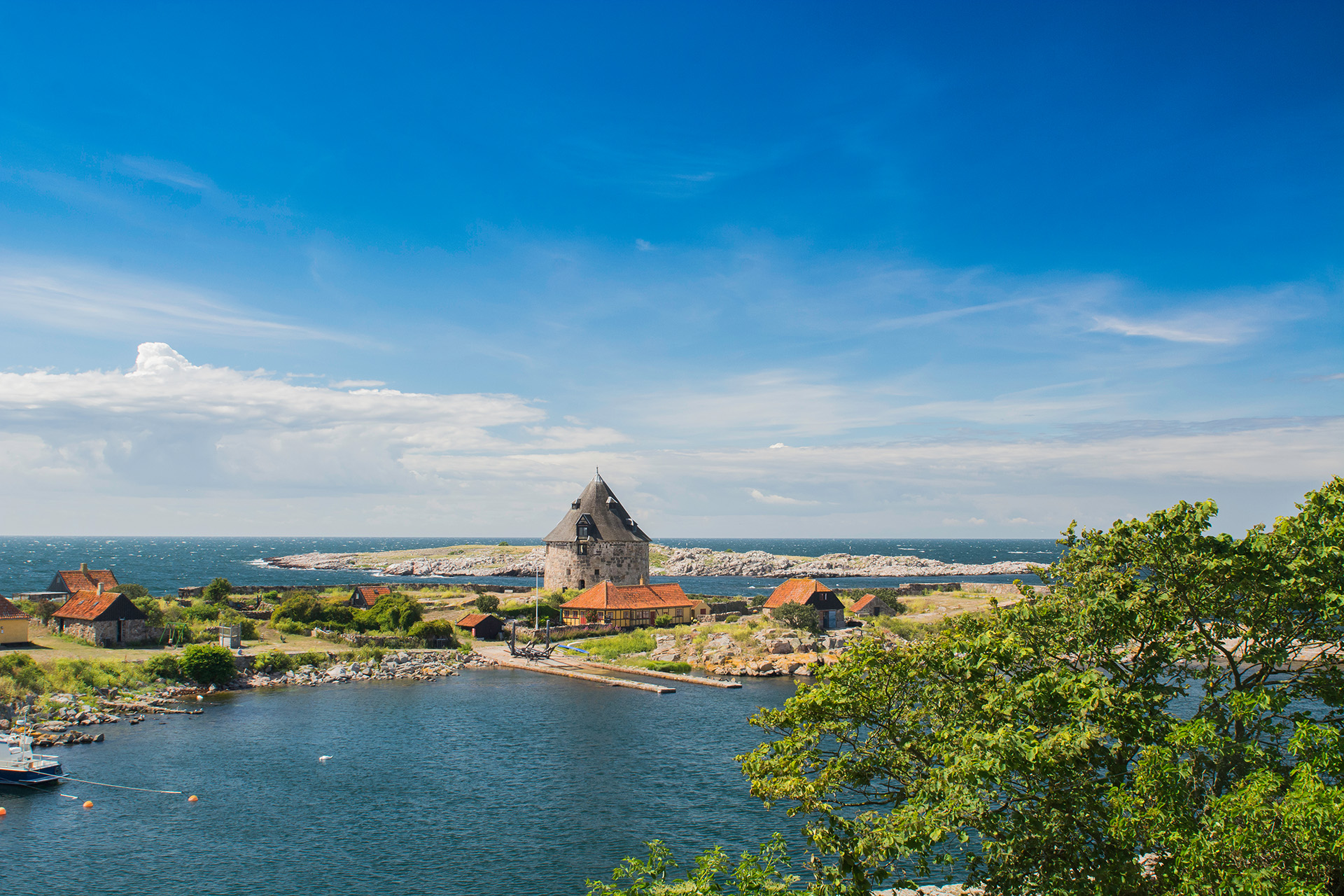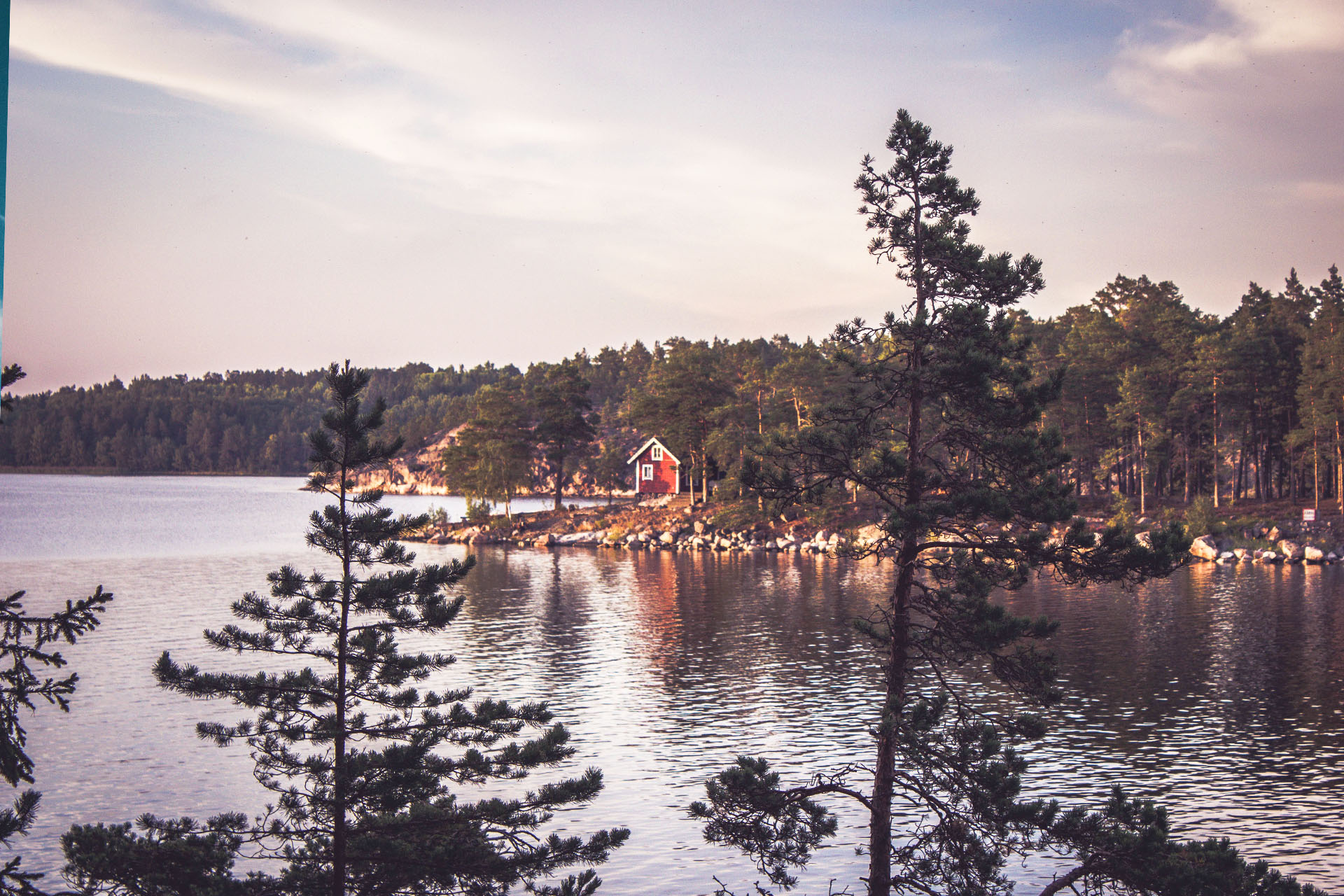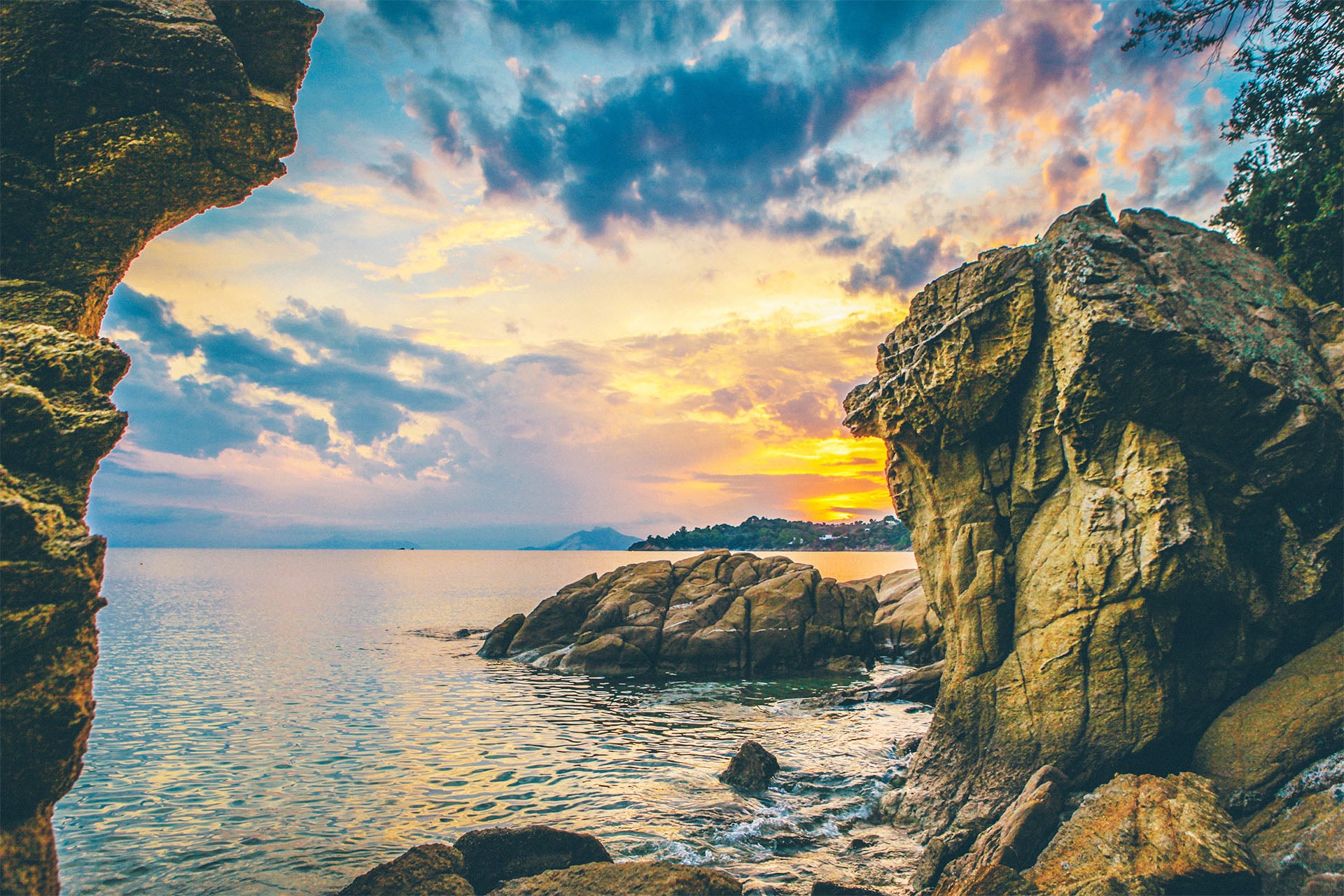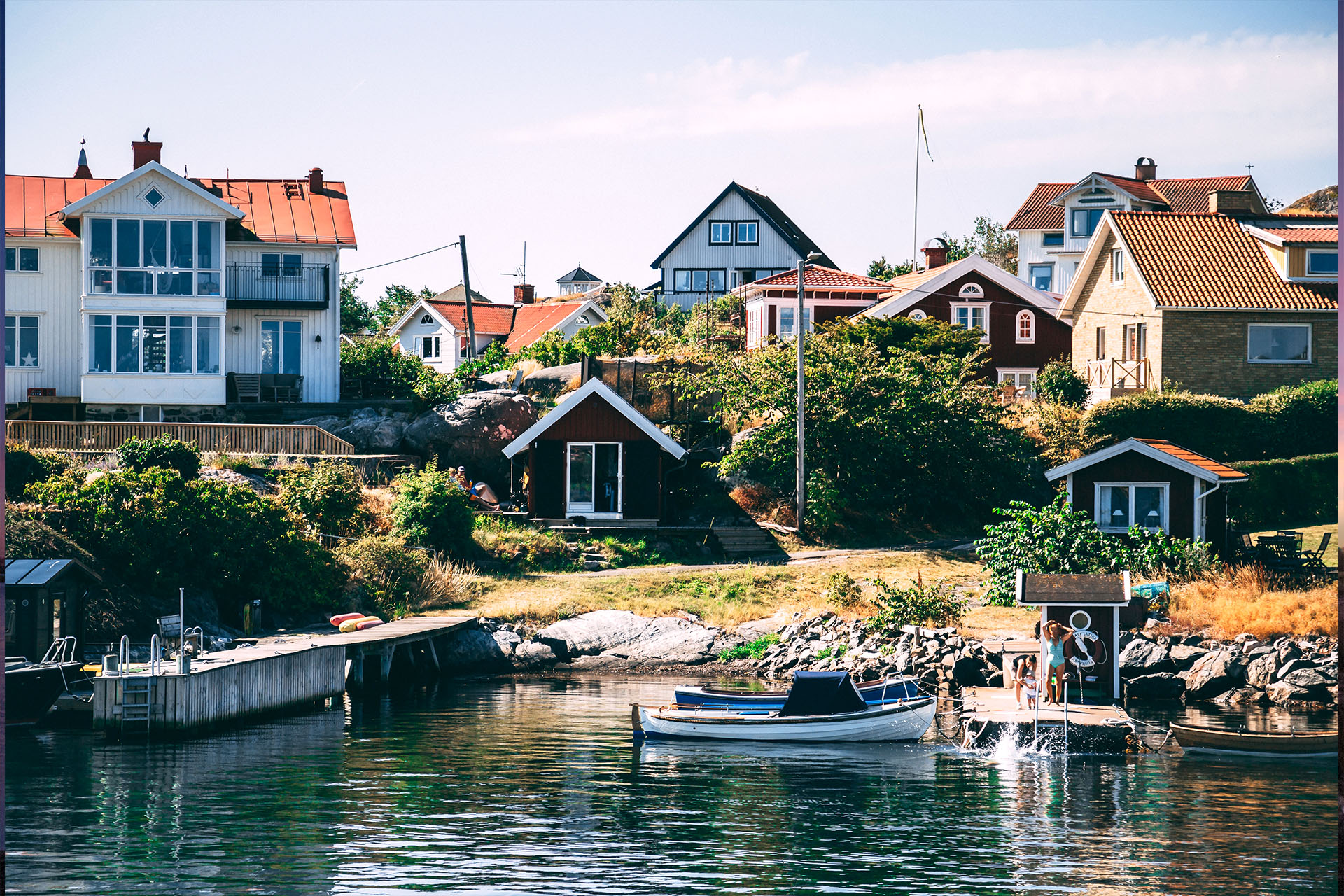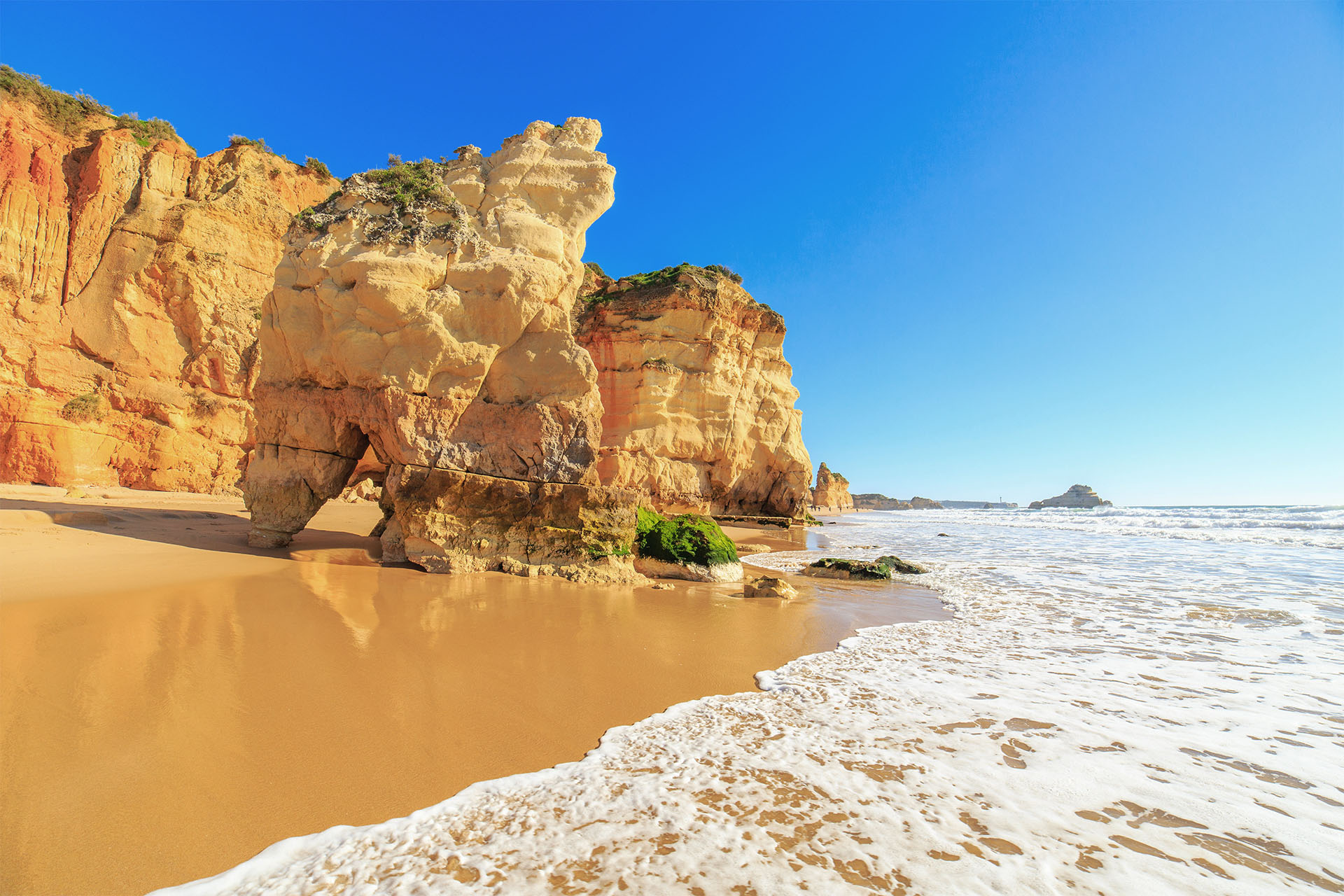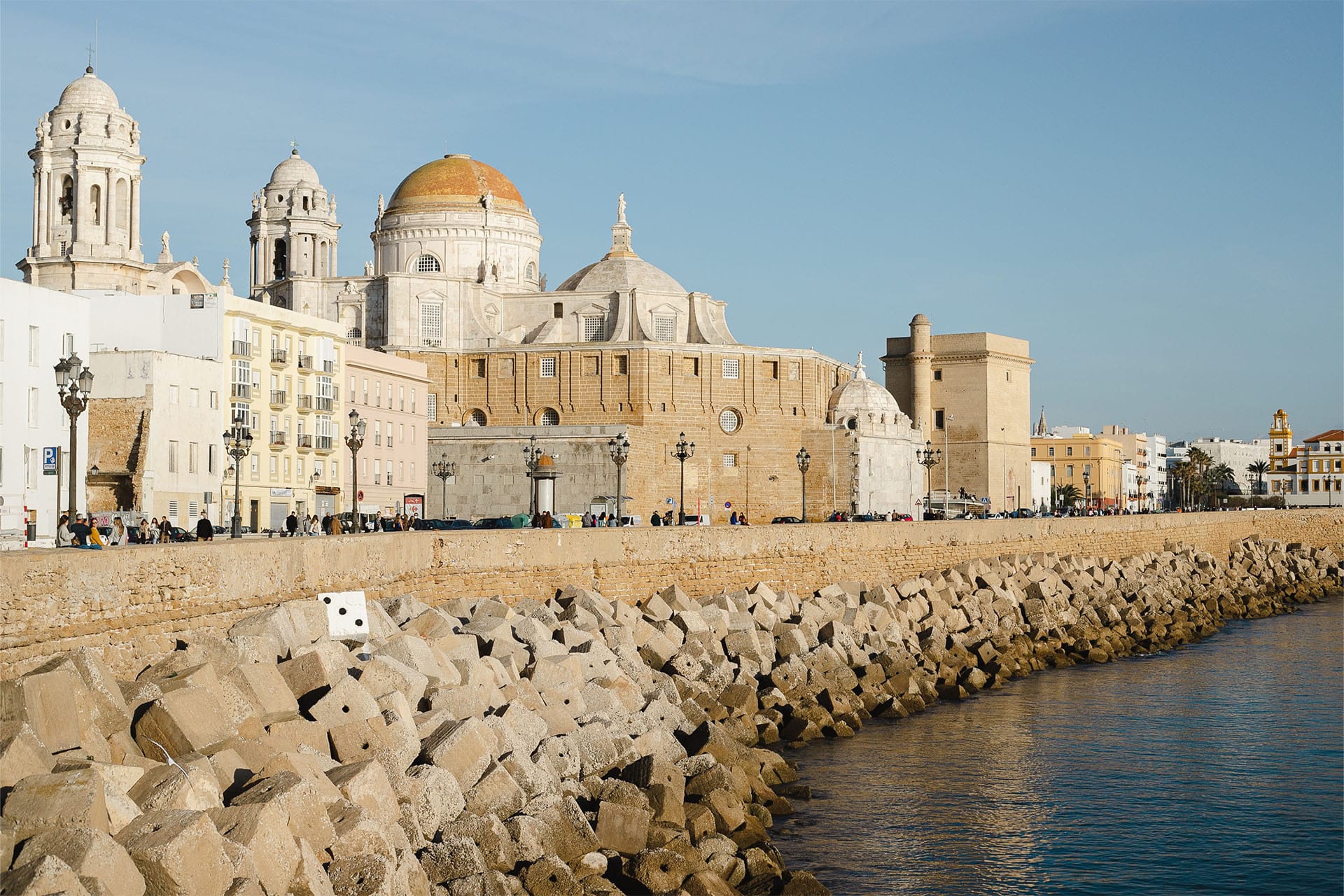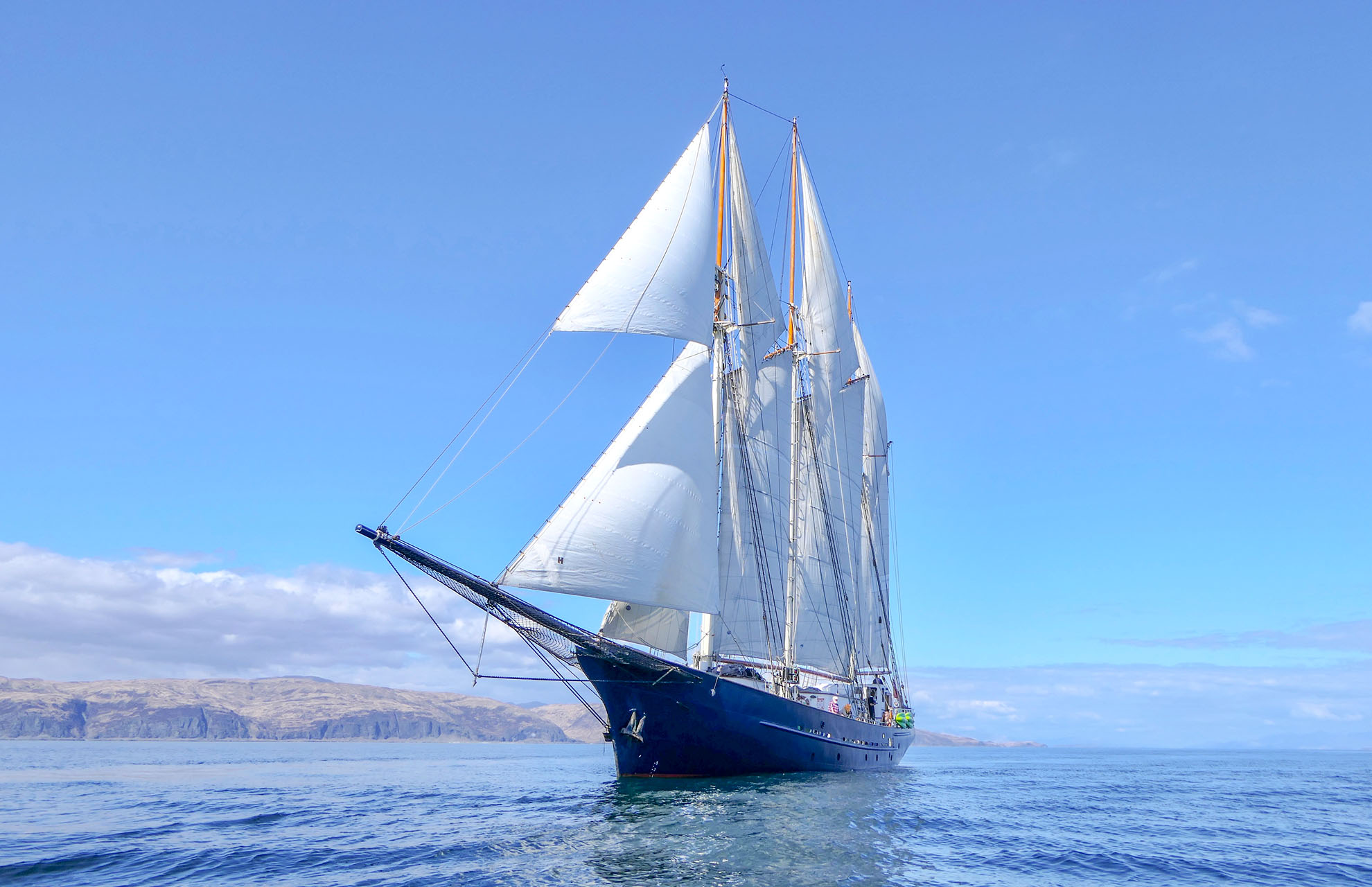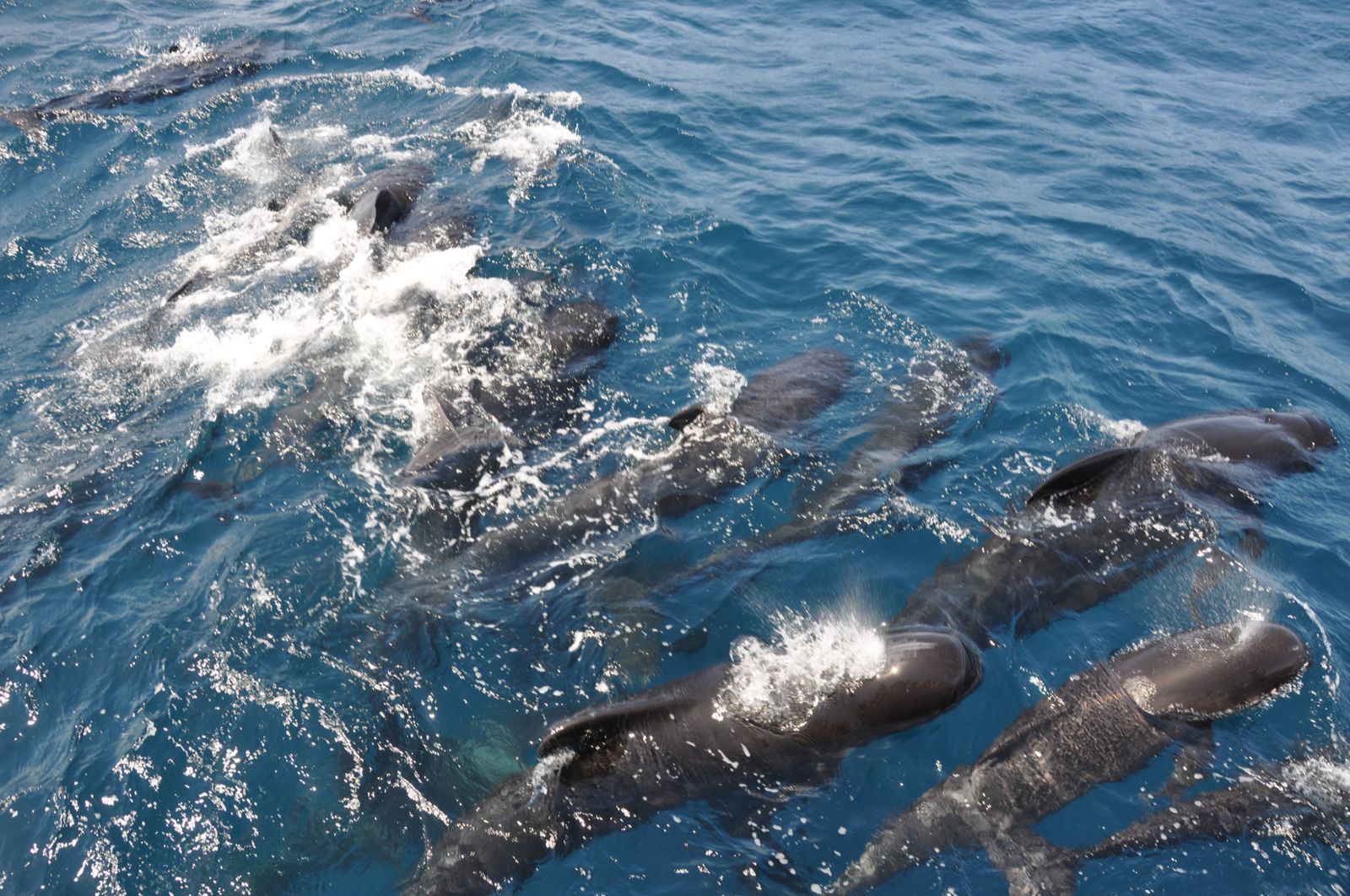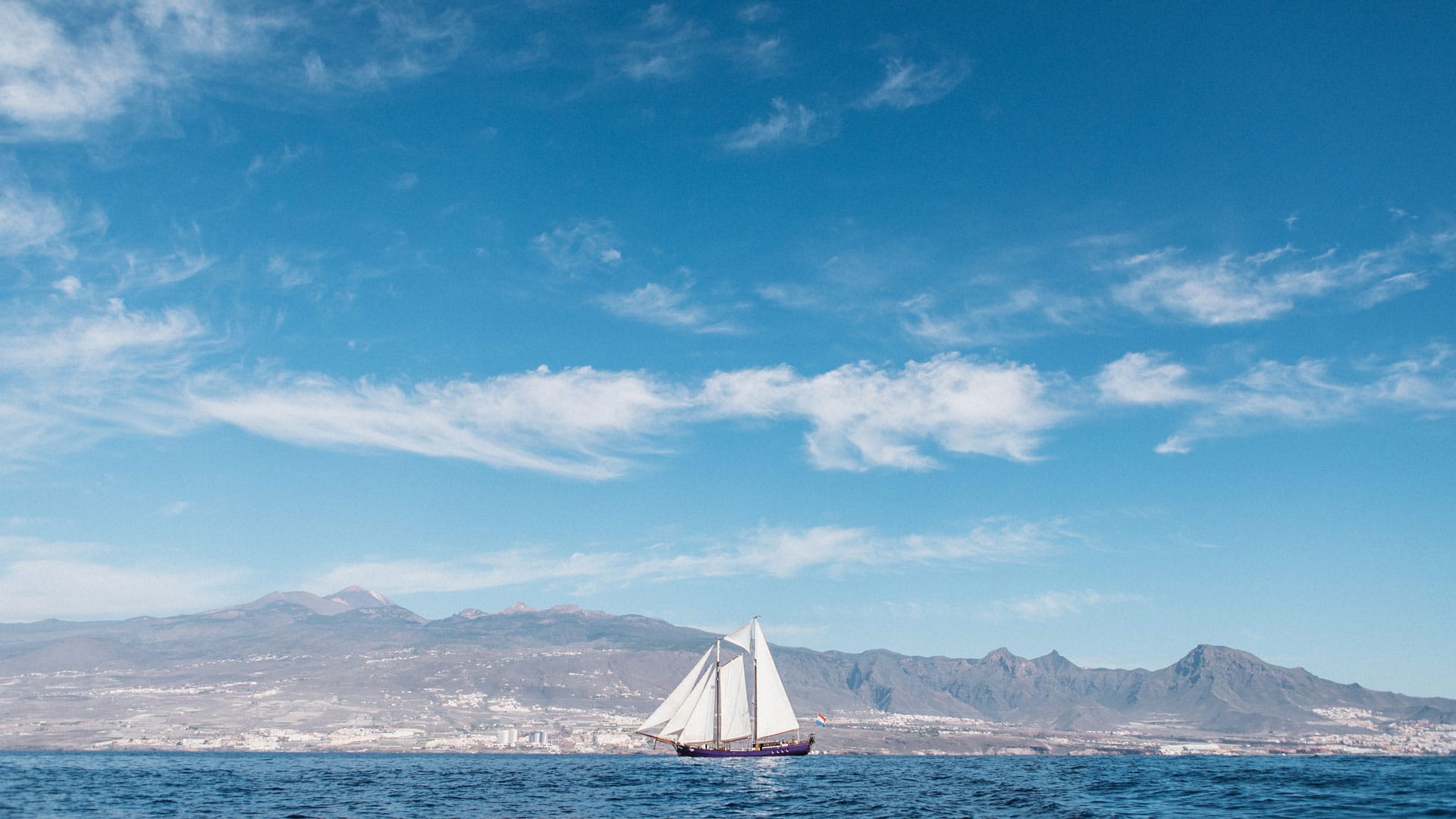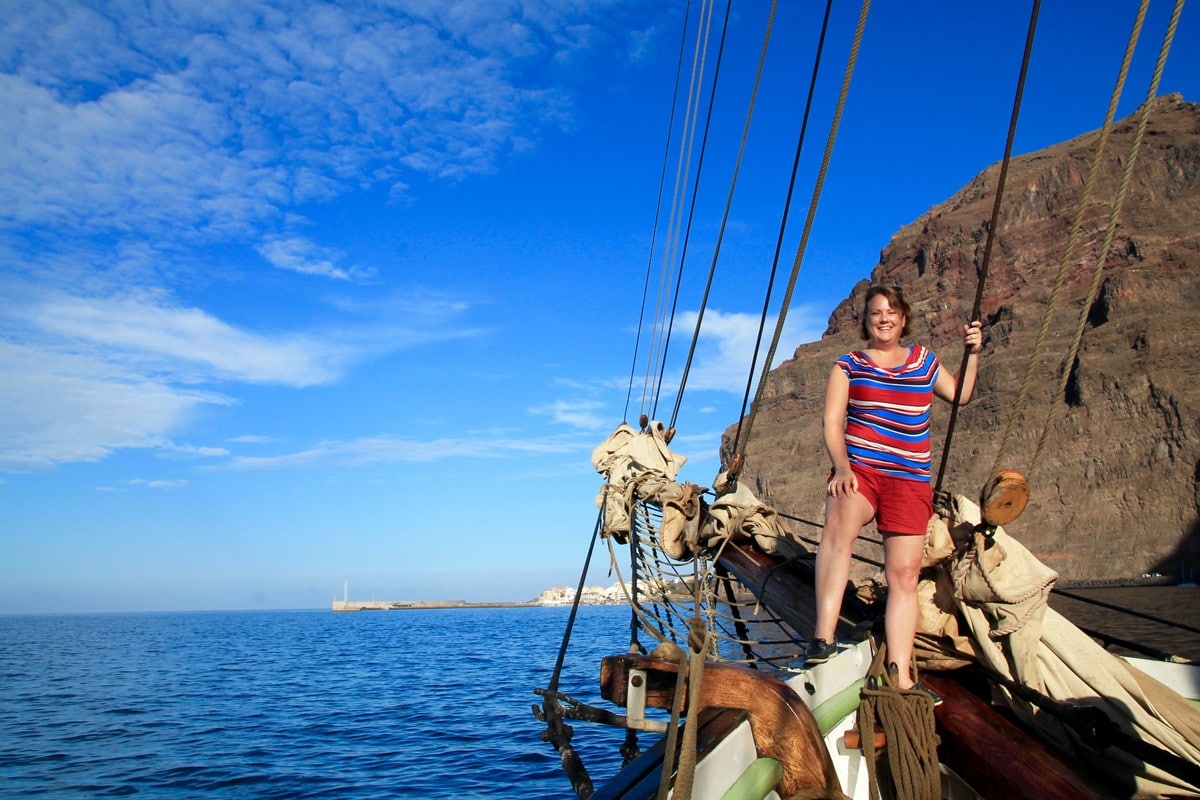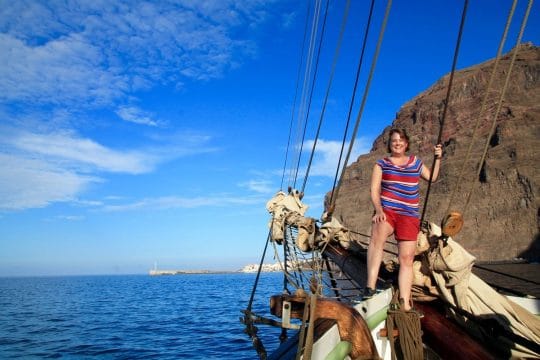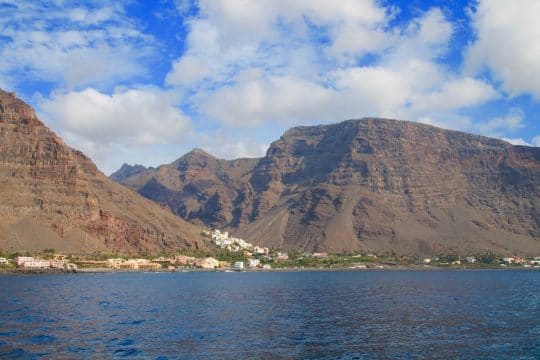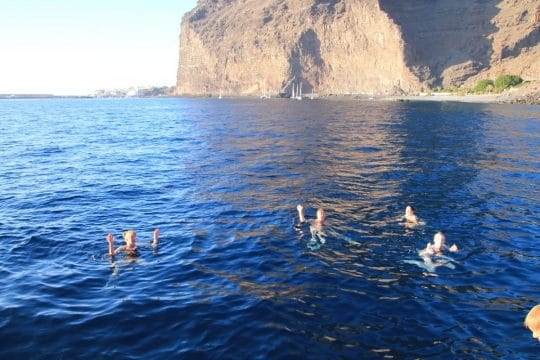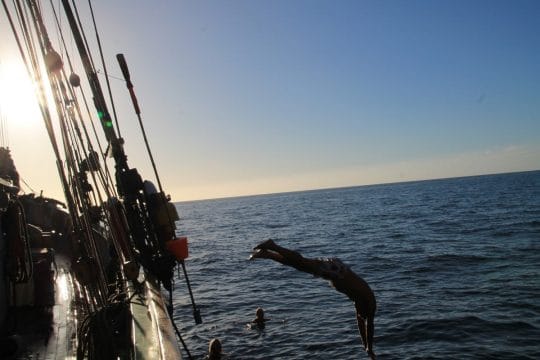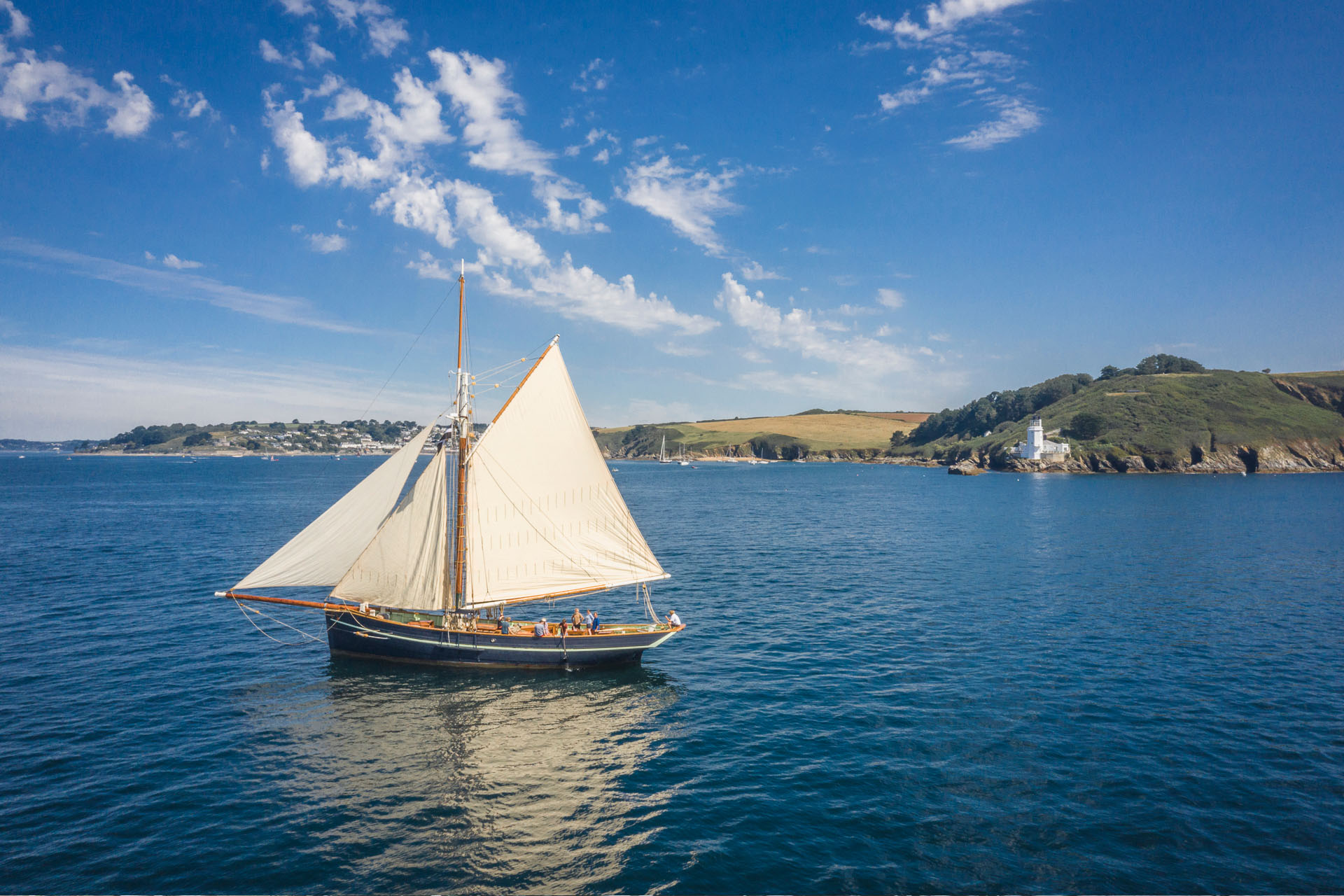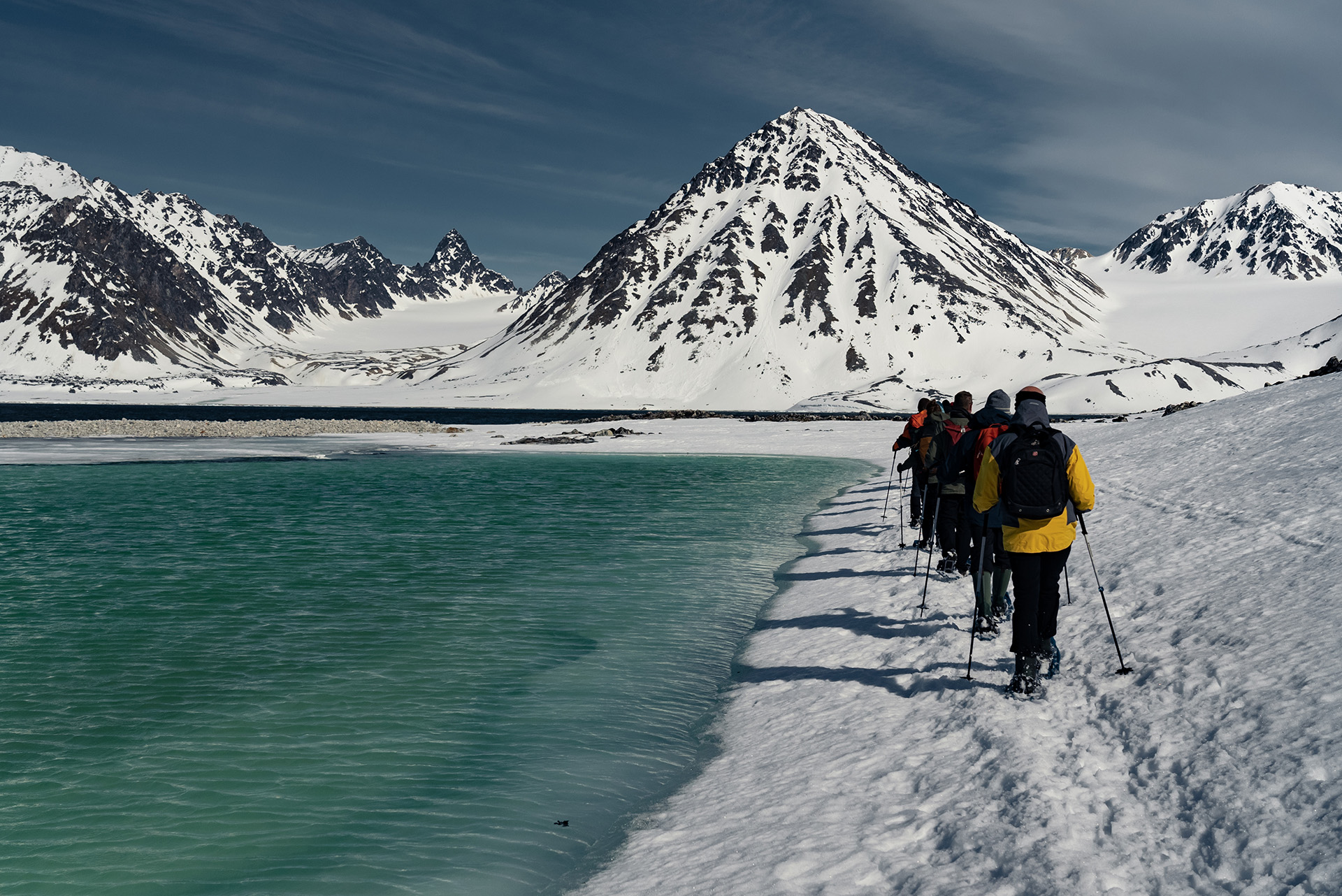
With ice covered fjords, colossal glaciers and soaring mountains, the wild and fragile landscape of Svalbard is on the bucket list for many of us. But as with any truly world class destination, travelling to Svalbard can seem daunting, with an overload of travel information to be found online. We are well versed in travelling to this remote destination, so whether you’re looking to join us for a skippered sailing tour of Svalbard, or you’re just searching for some top tips for your own journey, let us take you through a simple guide of everything you need to know before you visit Svalbard.
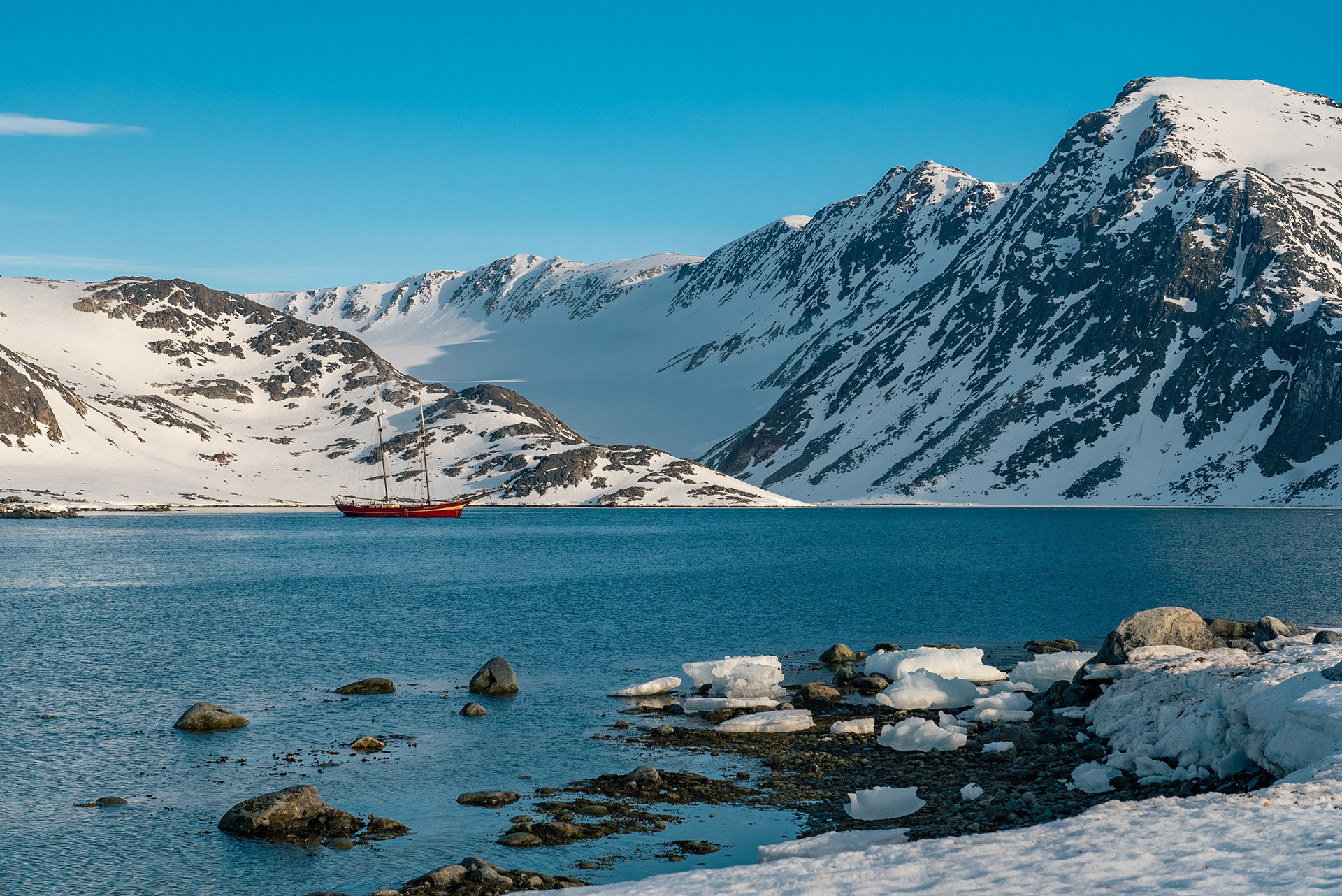
What you need to know about travelling to Svalbard
Svalbard is part of the Arctic circle and is the northernmost settlement in the world. Although many think of Svalbard as an island, it is in fact the name of the entire archipelago, home to nine unique islands. The main island, Spitsbergen, is home to the main settlement of Longyearben, where our tall ship Noorderlicht departs from. The other islands are less inhabited, and it’s important to remember that visitors cannot leave Longyearben without a registered guide due to the dangers of Polar bears and the harsh local climate.
One of the most important things to remember when planning a Svalbard holiday is the fragile nature of this landscape, and the impact that visitors can have on it. A sailing holiday on our traditional tall ship is the most sustainable way possible to travel to Svalbard when compared to a larger cruise, but it is still important to consider your impact on the environment here. Svalbard is being greatly affected by the effects of climate change and this will only continue in the future, with a particular impact on the local wildlife. This shouldn’t be a reason not to visit Svalbard, as long as you are visiting with a company that adheres to the strict regulations put in place to protect Svalbard. Noorderlicht is one of few boats that has been awarded an annual licence to operate in the area.
How to get to Svalbard
The easiest way to travel to Svalbard is through a connecting flight. Tromso or Oslo in Norway both have several connecting flights a day to Longyearben. Most major airports in Europe have flights available to Tromso and Oslo. Once you’ve touched down in Longyearben, there will be taxis and buses waiting to meet each incoming flight, stopping at the marina where Noorderlicht is based on request. If you’re planning to stay in Longyearben before or after your trip, the airport shuttle service will stop at all hotels in the centre.

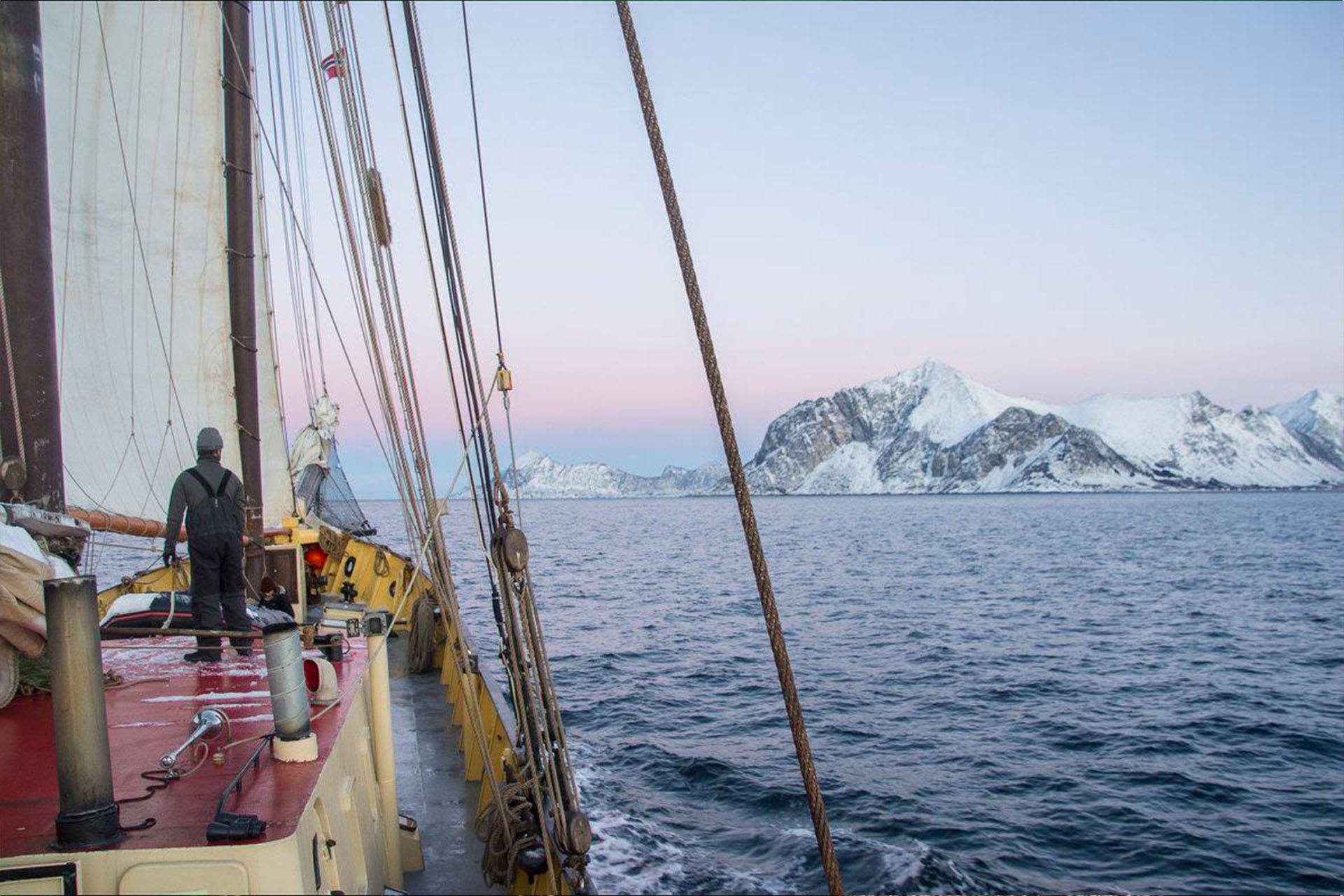
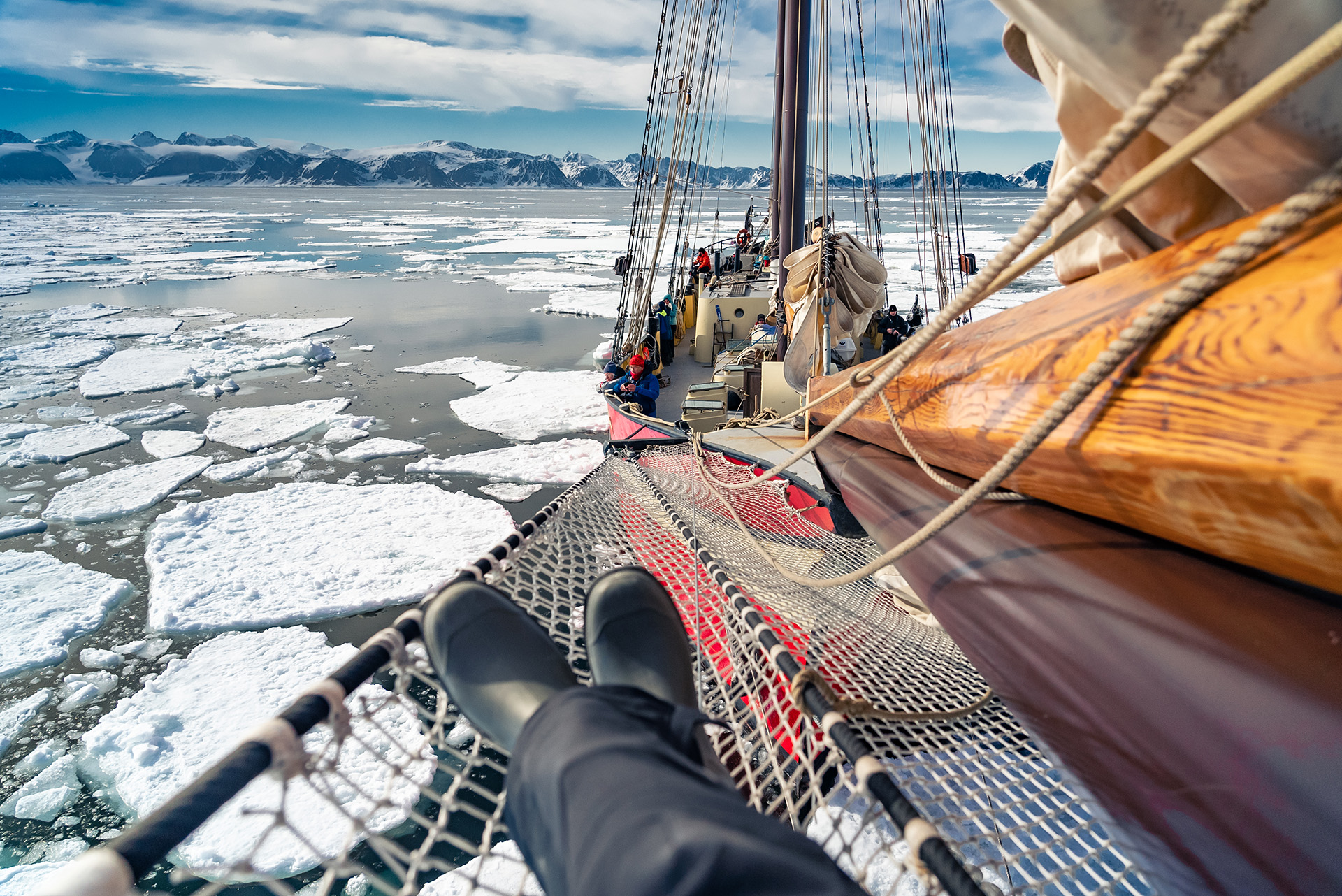
Where to stay Svalbard
Of course the best (and most unique) place to stay on your visit to Svalbard is on a traditional tall ship! Where else will you find handcrafted accommodation, all inclusive meals freshly prepared by the onboard cook, and a new arctic view to wake up to each day? However, if you’re looking for some more traditional accommodation, perhaps before or after your Svalbard sailing adventure with us, we recommend visiting the tourism board for a full list of hotels and places to stay. These include modern hotels, independent apartments and even the world’s northernmost campsite for visitors in the summer months.
When is the best time to visit Svalbard
Sunny Winter – 1st March to 16th May.
The most ‘normal’ season on Svalbard, with a clear distinction between night and day. After the long polar winter, nature awakens, and the landscapes become more diversified and teeming with wildlife.
Polar Summer – 17th May to 30th September.
Polar summer includes the Svalbard phenomenon of the Midnight Sun where the sun rises on the 20th of April and does not set again until the 23rd of August. This phenomenon is a wonder to behold, and also marks the true awakening of flora and fauna found on Svalbard as the temperatures reach the highs of 6˚c.
Arctic Winter – 1st October to 28th February.
Arctic winter includes the Polar night, when the sun sets on the 26th of October and does not rise again until the 16th of February. With the archipelago embraced in darkness, this is undoubtedly one of the best times of year to see the Northern lights in Svalbard!
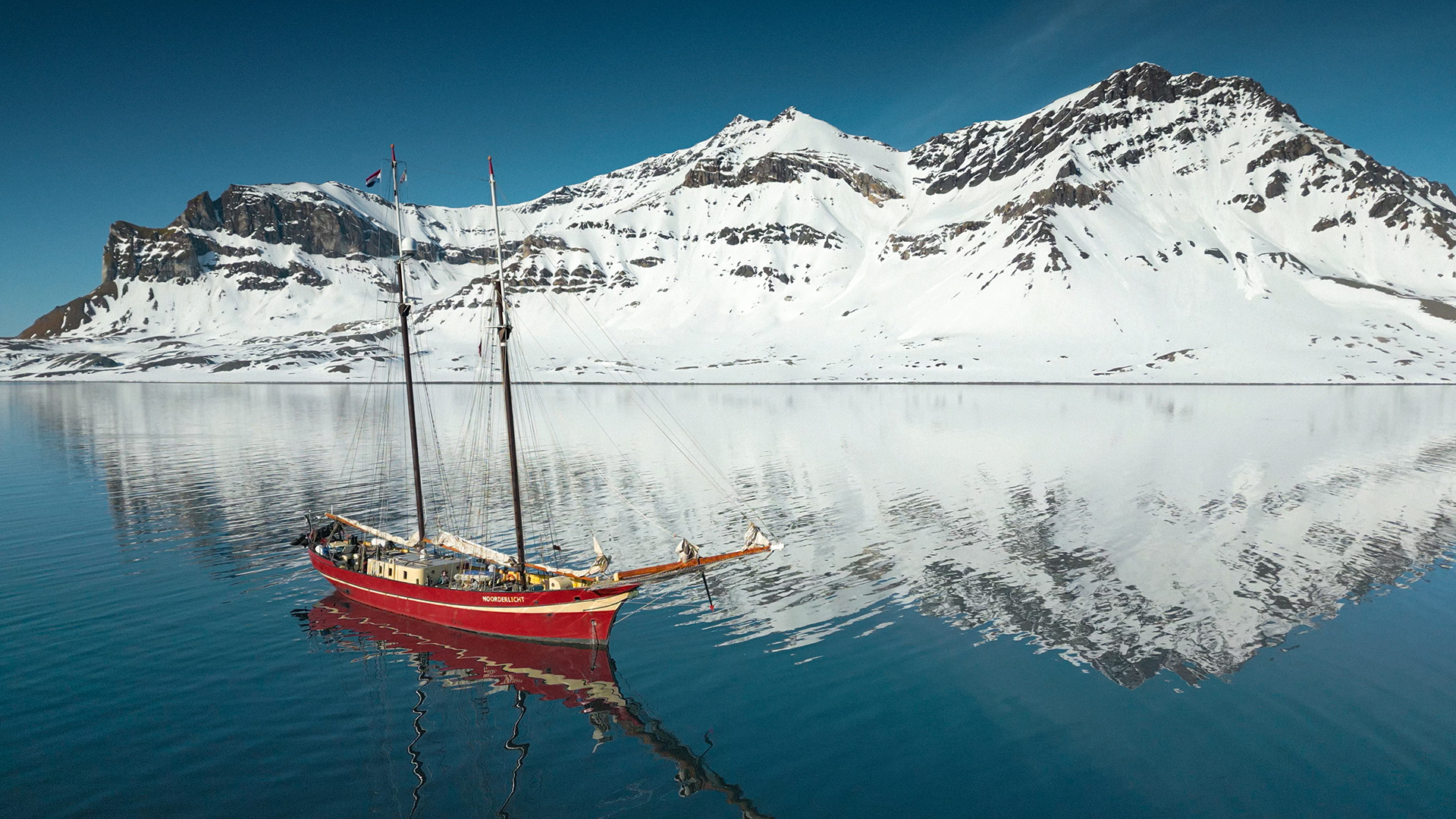
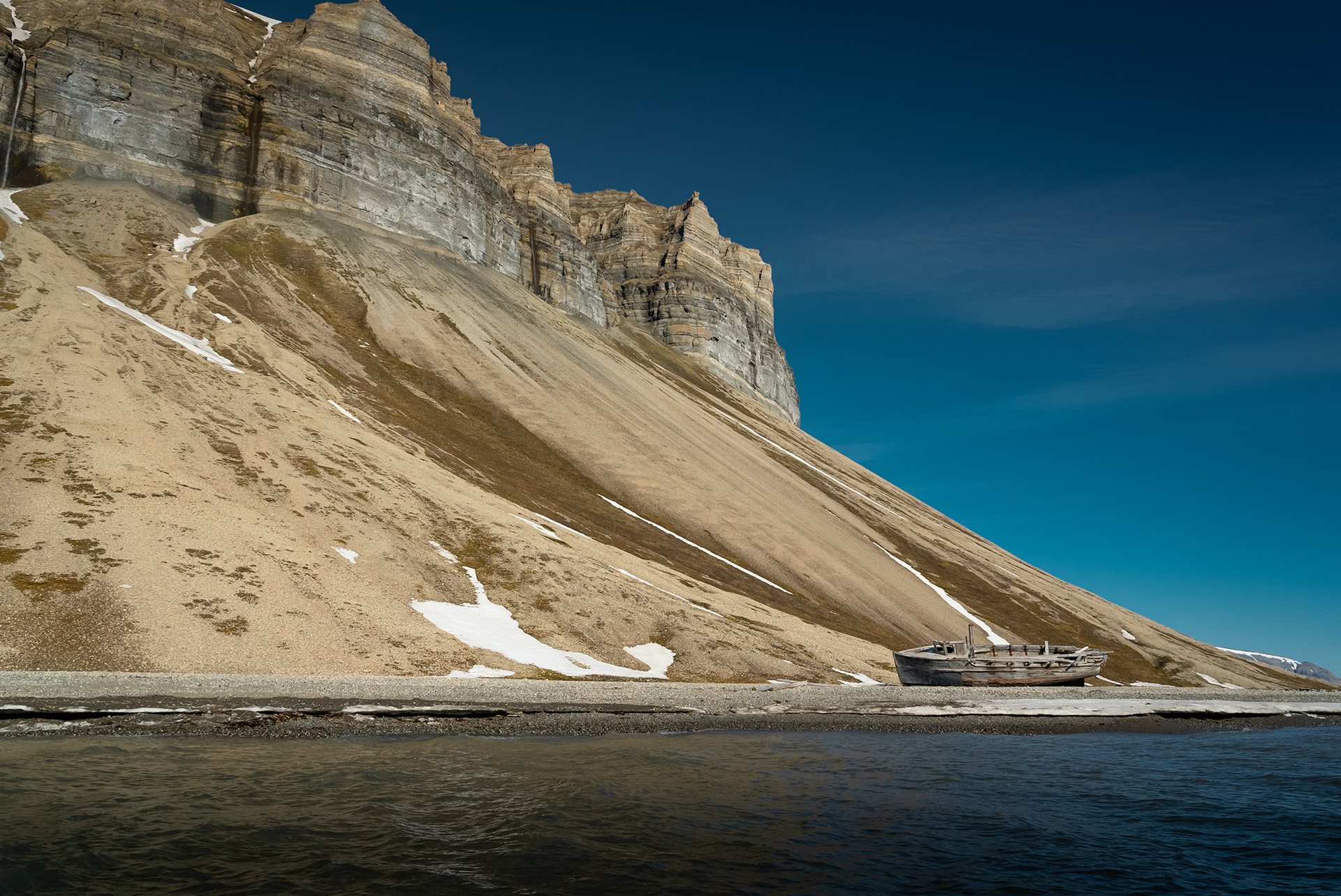
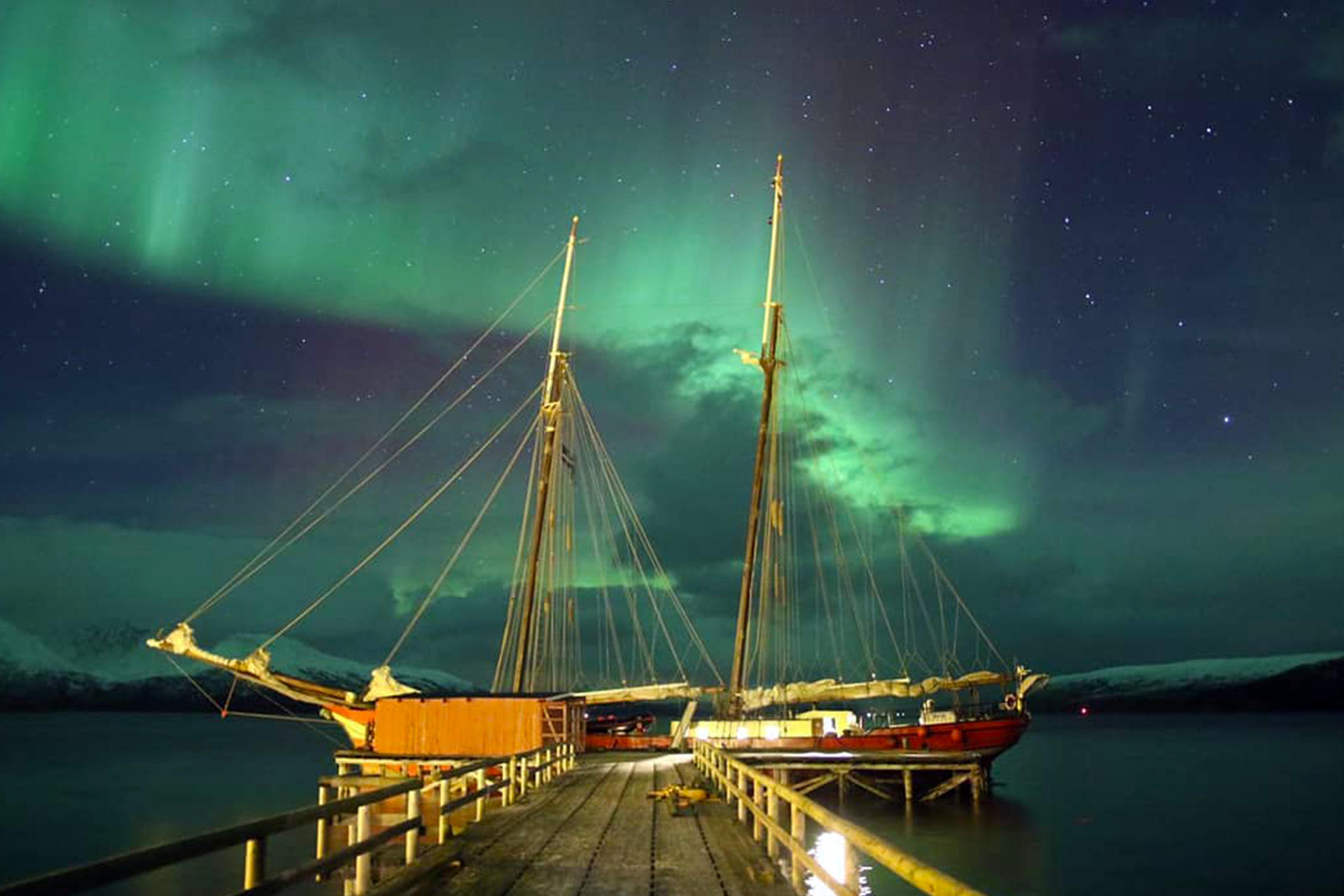
Our sailing trips to Svalbard run between April and September, meaning there’s a chance to sail in the Sunny Winter and Polar Summer. Sailing in these months means you too can experience the incredible phenomenon of the Midnight sun or even the Northern lights. The months between April and September are well known for being the best times of year to see the widest variety of wildlife on land, sea or sky!
Things to do in Svalbard
Guided hikes in Svalbard
Although many operators in Svalbard offer hikes and excursions around the island, these can prove costly. The most economical and environmentally friendly way to see all the top destinations in Svalbard is on a sailing adventure with us! All our voyages have daily guided hikes ashore which are an amazing way to see all that Svalbard has to offer, and discover the incredible flora, fauna, geography and history of the area.
Watch out for wildlife
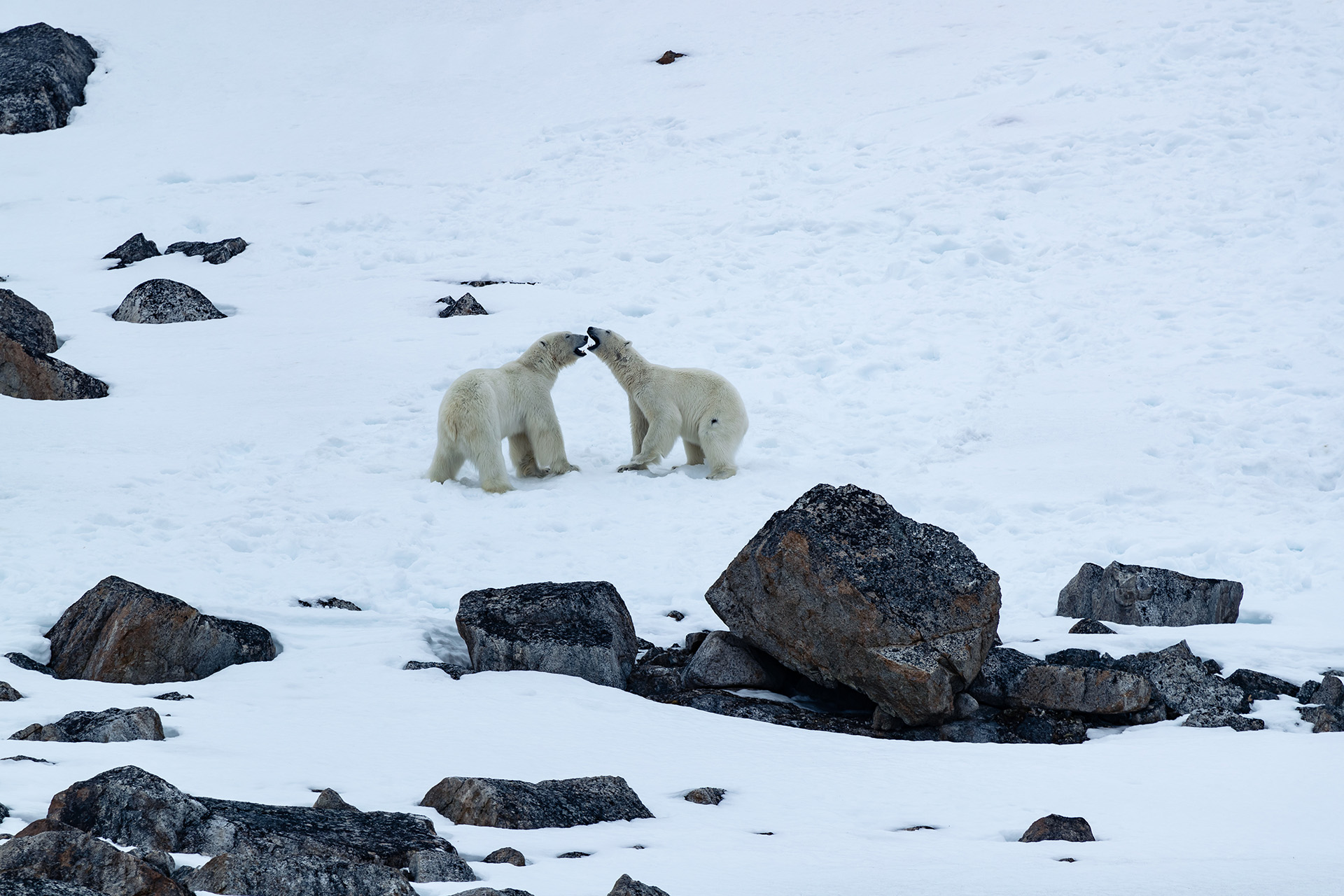
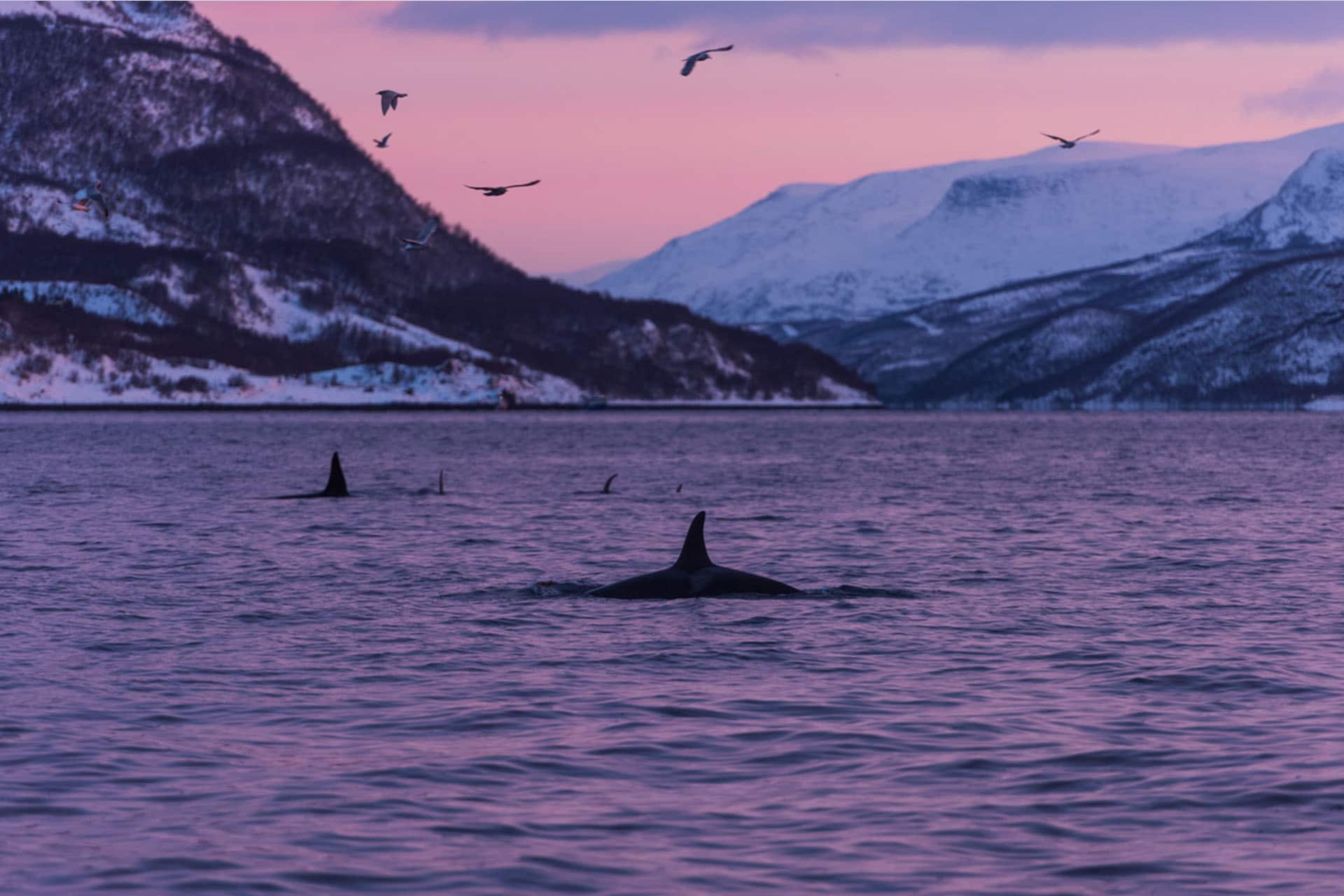
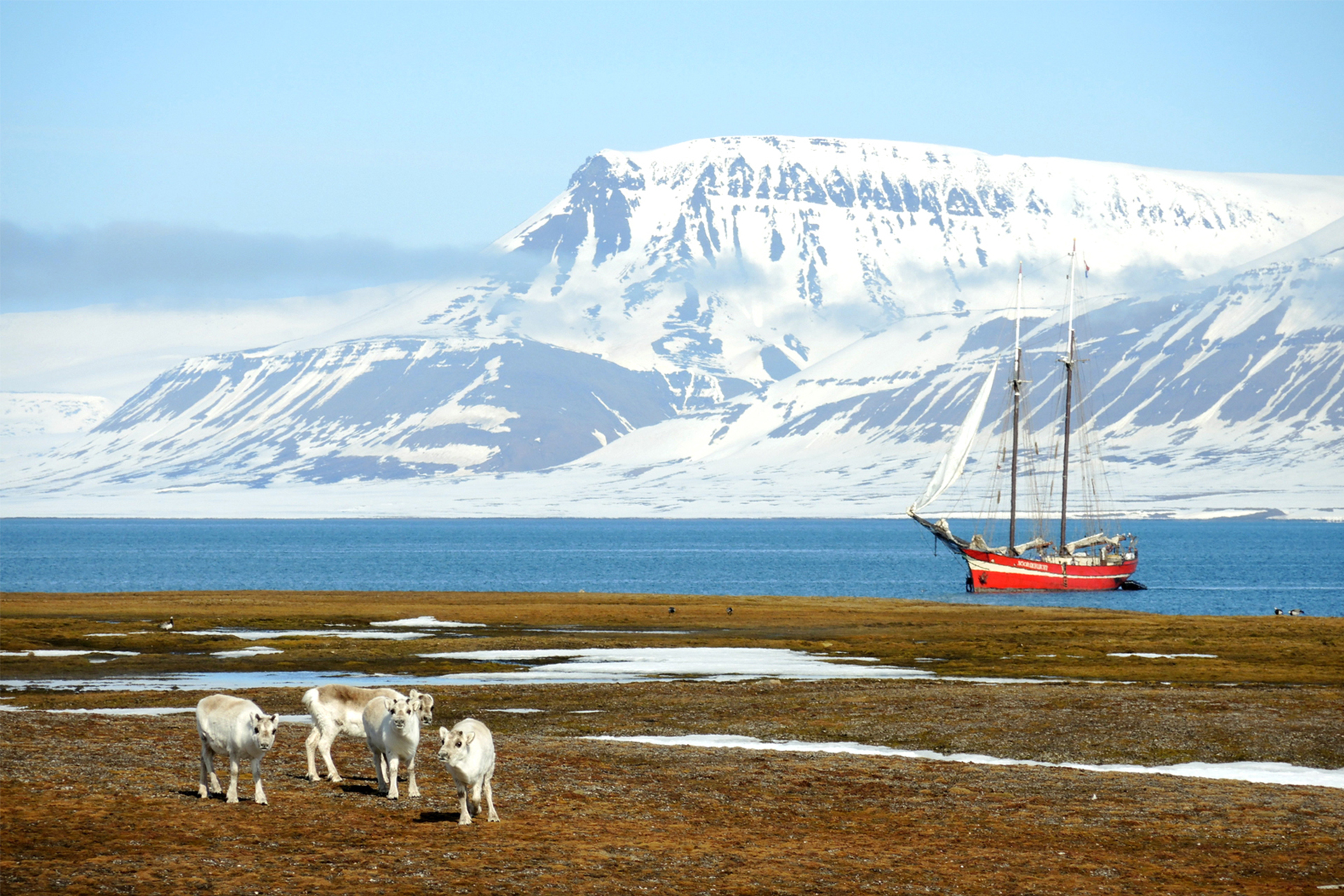
The call to visit Svalbard for many starts with the chance to see some of the world’s rarest and most endangered wildlife. Sailing in Svalbard allows you to get up close with some incredible creatures in their natural habitat, with minimal disturbance to them and their environment. Although the old tale of there being more polar bears than people is not quite the case, there are still many chances to see Polar bears in the wilderness as they explore the ice. The Svalbard Reindeer, Arctic Fox and Sibling Vole – who all thrive in these conditions as they are capable of building up enough fat reserves to survive the harsh winter, are common spots in this corner of the world.
The sailing waters around the archipelago are also home to many incredible marine animals that make a once in a lifetime spot on your trip to Svalbard. These include mystical fairy-tale Narwhals, and over 10 different species of whales, including Blue, humpback, fin, Beluga and Minke. Spend time on the spacious, open decks of tall ship Noorderlicht watching out for these creatures, and have your binoculars at the ready for some more frequent sightings of walruses, seals and the incredible bird life here.
Ghost town exploring
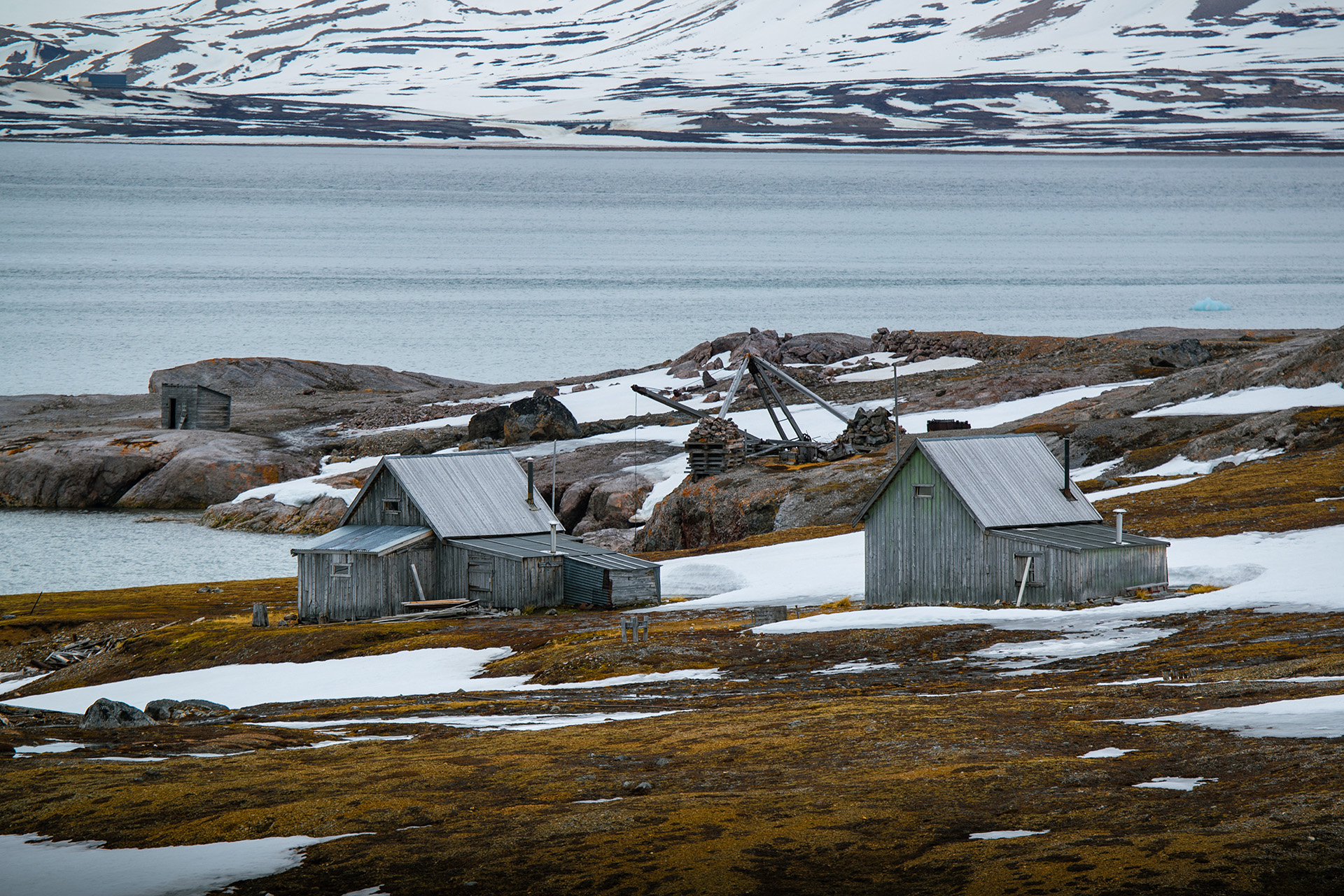
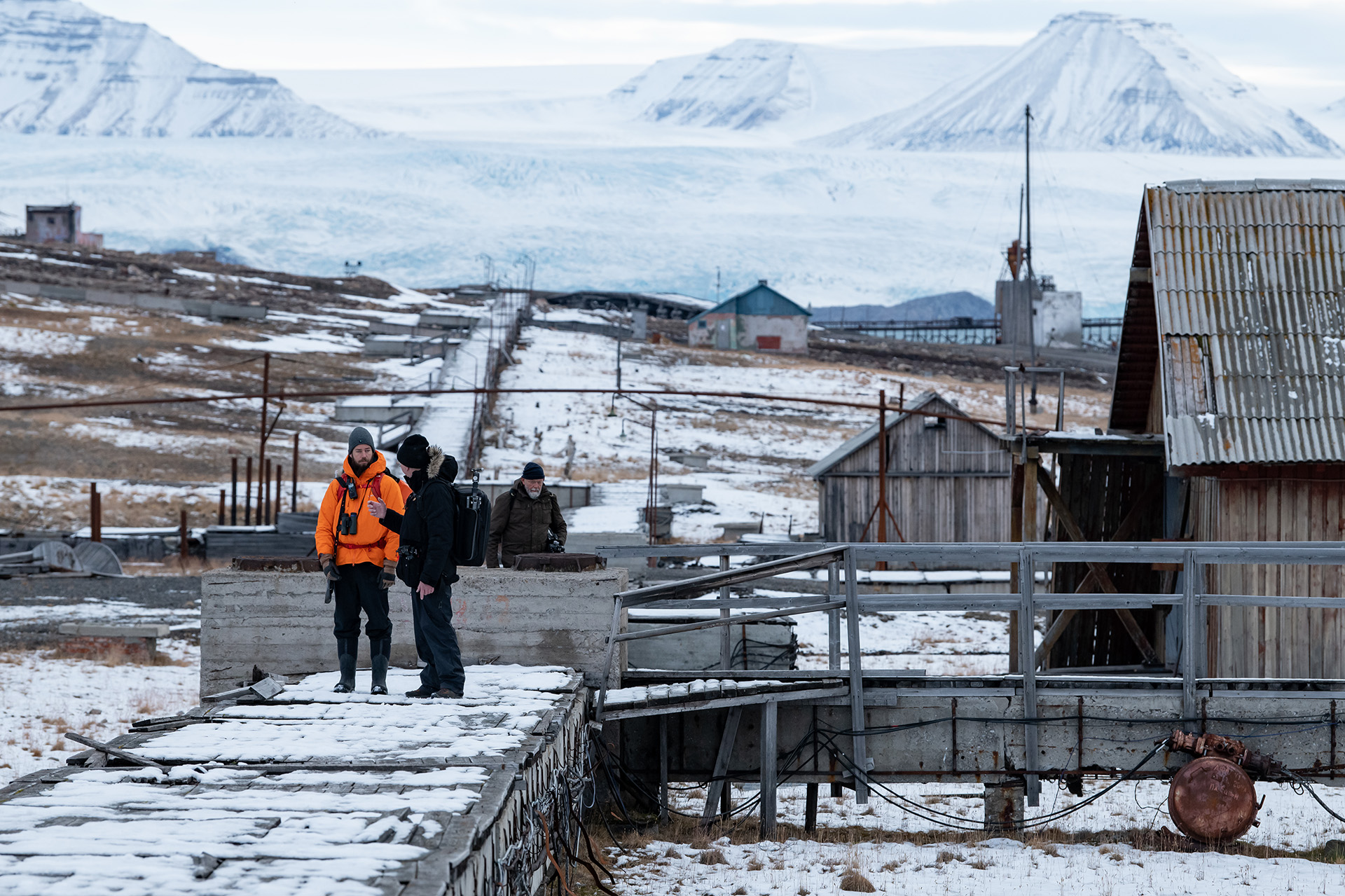
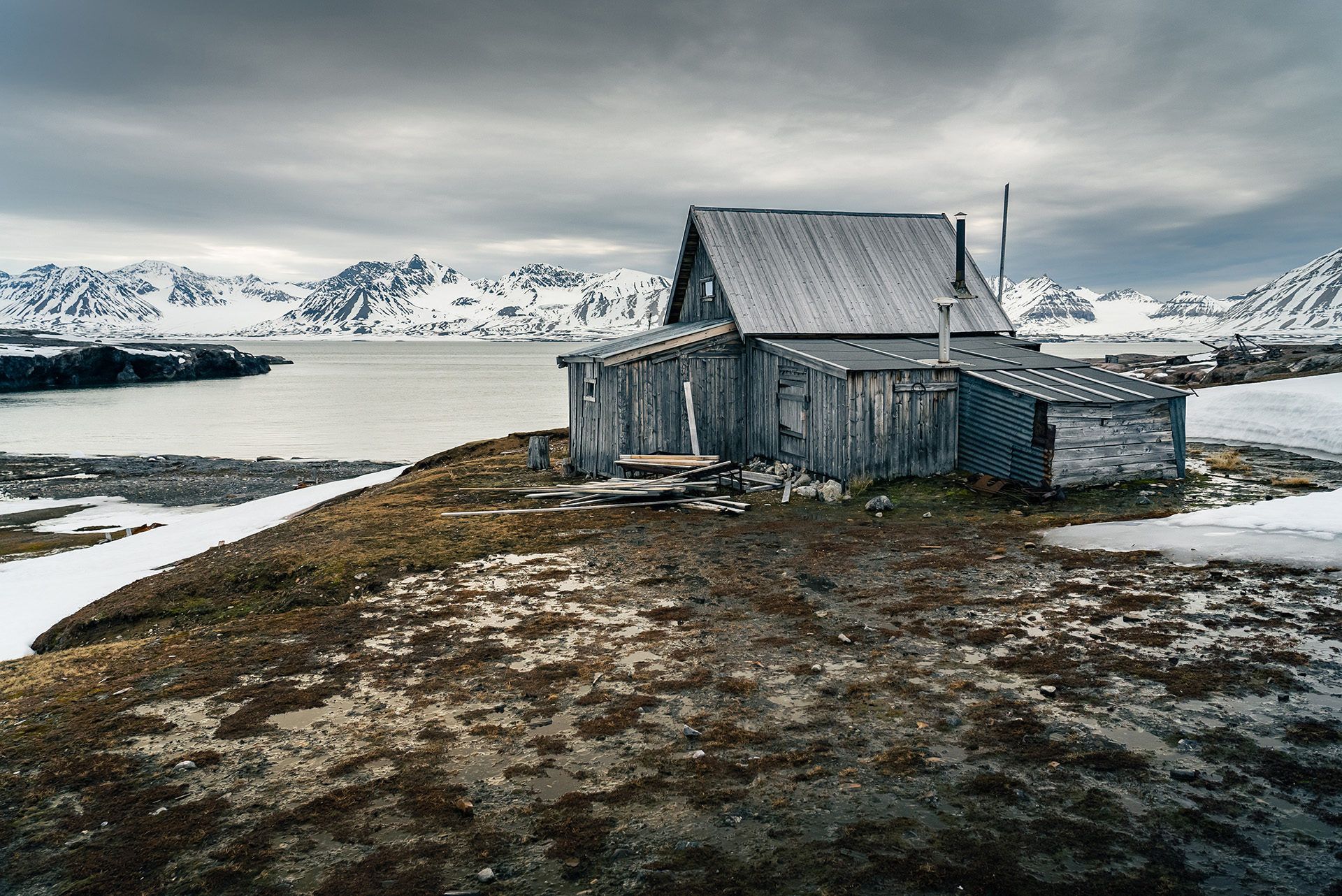
Svalbard has a plethora of ghost towns and whale hunting stations, quite literally frozen in time. Explore the historic Russian settlement of Pyrimaden, the town named after the pyramid shaped mountain that it sits next to. Now largely abandoned, there is a small hotel which houses the Pyramiden Museum alongside a post office and souvenir shop. The town has been well preserved, largely due to the cold weather and offers an incredible insight into the long mining and whaling history of Svalbard throughout the centuries.
Explore the numerous Glaciers
All of our voyages and trips to Svalbard make sure to visit to some of the area’s most impressive glaciers. Being on board Noorderlicht with its shallow draft means exploring bays that cannot be reached by land or by other larger tour boats in the area.
One glacier that Noorderlicht visits regularly is the breathtaking green-blue bay of Magdalenafjord, one of the most impressive in Spitsbergen. With a gorgeous beach, impressive vistas of the mountain tops and glaciers, this bay is an incredible stopping point. A truly rugged landscape, its vastness is impossible to explain with words. The local fauna has taken over and there are regular sightings of reindeer, polar bears, and walruses.

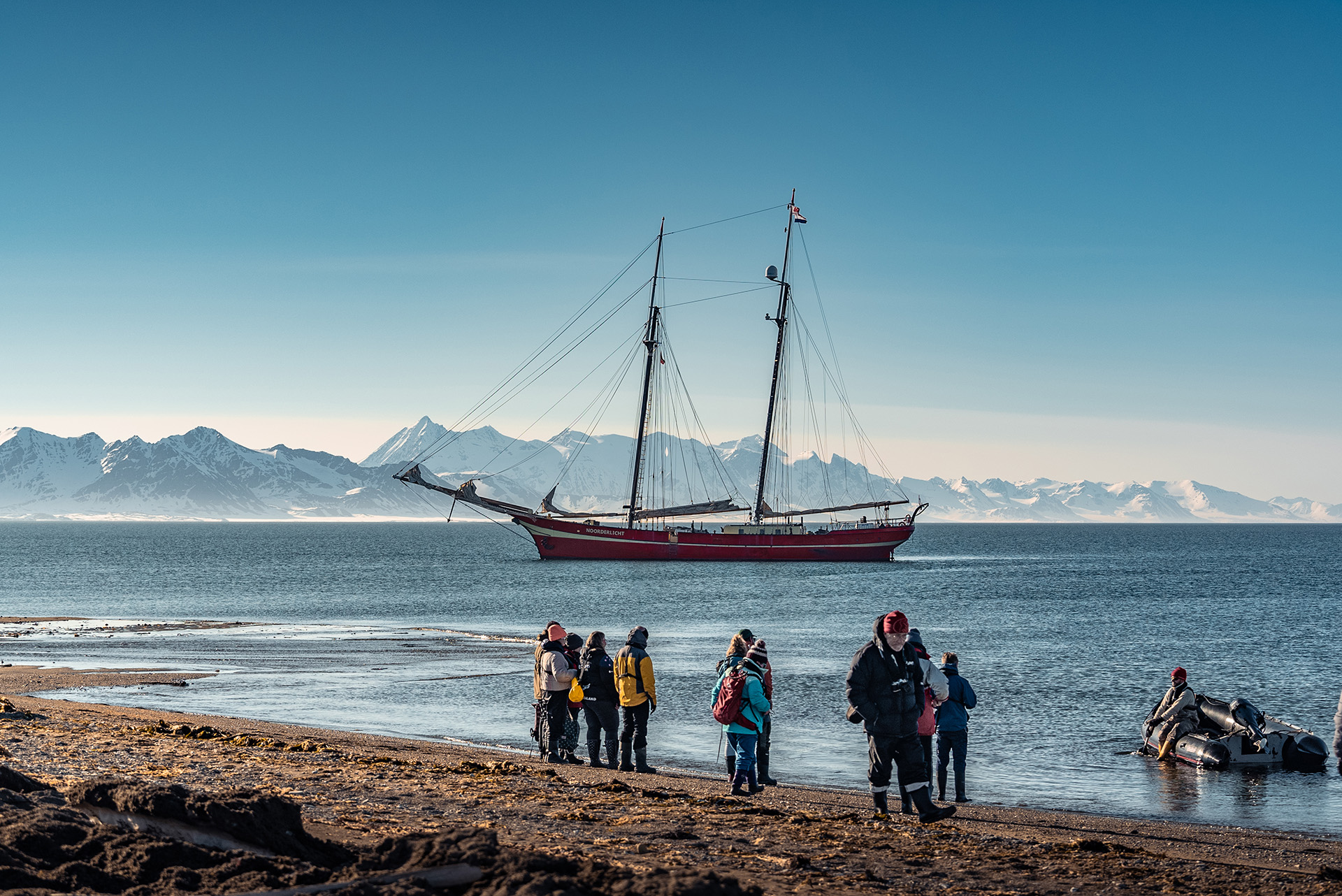
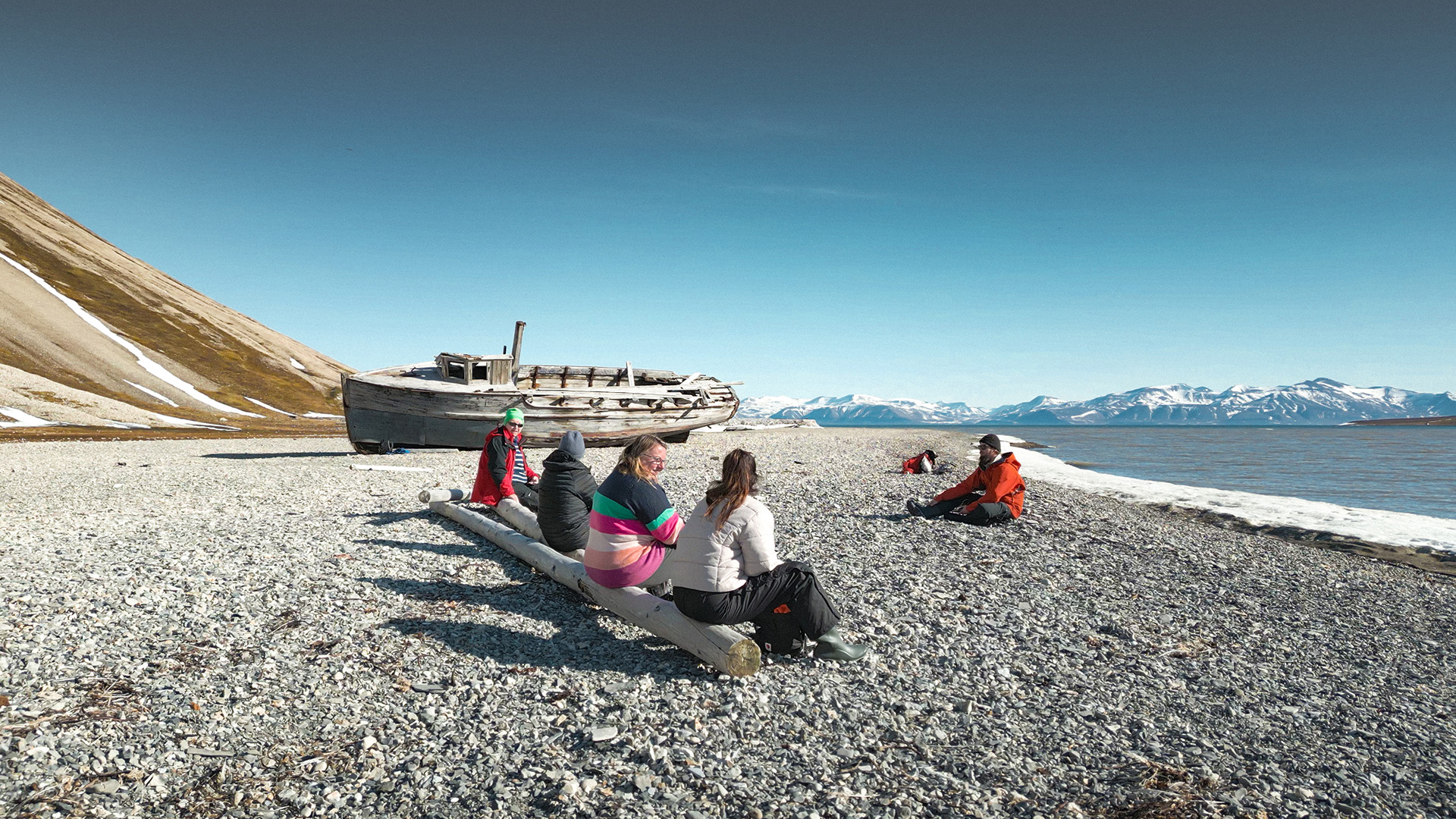
Head to Trygghamna bay on your sailing adventure trip to Svalbard, before a guided hike to Alkhornet cliff where some 10,000 pairs of different seabirds breed. The carbonate cliffs are more than a billion years old, meaning you’re truly at one with an ancient landscape. If you’re not feeling up to the whole hike, simply marvel at the tundra landscape at the base of the cliff, with gentle grazing meadows for the local reindeer, as well as many great wildlife spots of arctic foxes and polar bears.
Walk in Whalers footsteps
Although all our voyages visit sites of whaling history, we also run a number of voyages with a special focus; ‘Sailing in the Whalers Footsteps’. The history of whaling is long, often controversial, but it no doubt plays an important part in the heritage and modern day community of Svalbard. Get a feel for historical life on your visit to Svalbard. Voyage to the 17th century island of AmsterdamØya to witness the remains of daily life in the arctic wilderness. Or visit Kvitfiskstranda, ‘white whale beach’ where there are reminders of the past hunting of Beluga whales, which fortunately have returned to swim in the bays here.
What to pack for a trip to Svalbard
We provide a full extensive packing and kit list ahead of your voyage to Svalbard, but here are just a few of our top tips;
Layers, layers and more layers! Quick-drying layers are a must so you can adjust quickly depending on the temperature. Warm, lined, waterproofs are necessary, as well as base/thermal layers and water-proof boots. All clothing and accessories for a cold winter environment such as hats, scarves and gloves. Sun protection and polarised sunglasses are also necessary due to the sun glare from the snow!
Although the arctic climate means that keeping warm is of the utmost importance, below decks on Noorderlicht offers a warm respite from the cold, so you’ll need light, comfortable clothes for relaxing times on board.
Our secret top tip for a trip to Svalbard is to mark your boots, as most places indoors in Longyearben you have to remove your shoes before entering. This is due to a decades old custom leftover from the days of mining, where the local residents had to remove their boots to enter shops and restaurants to avoid the mess of the coal dust!
Visit Svalbard
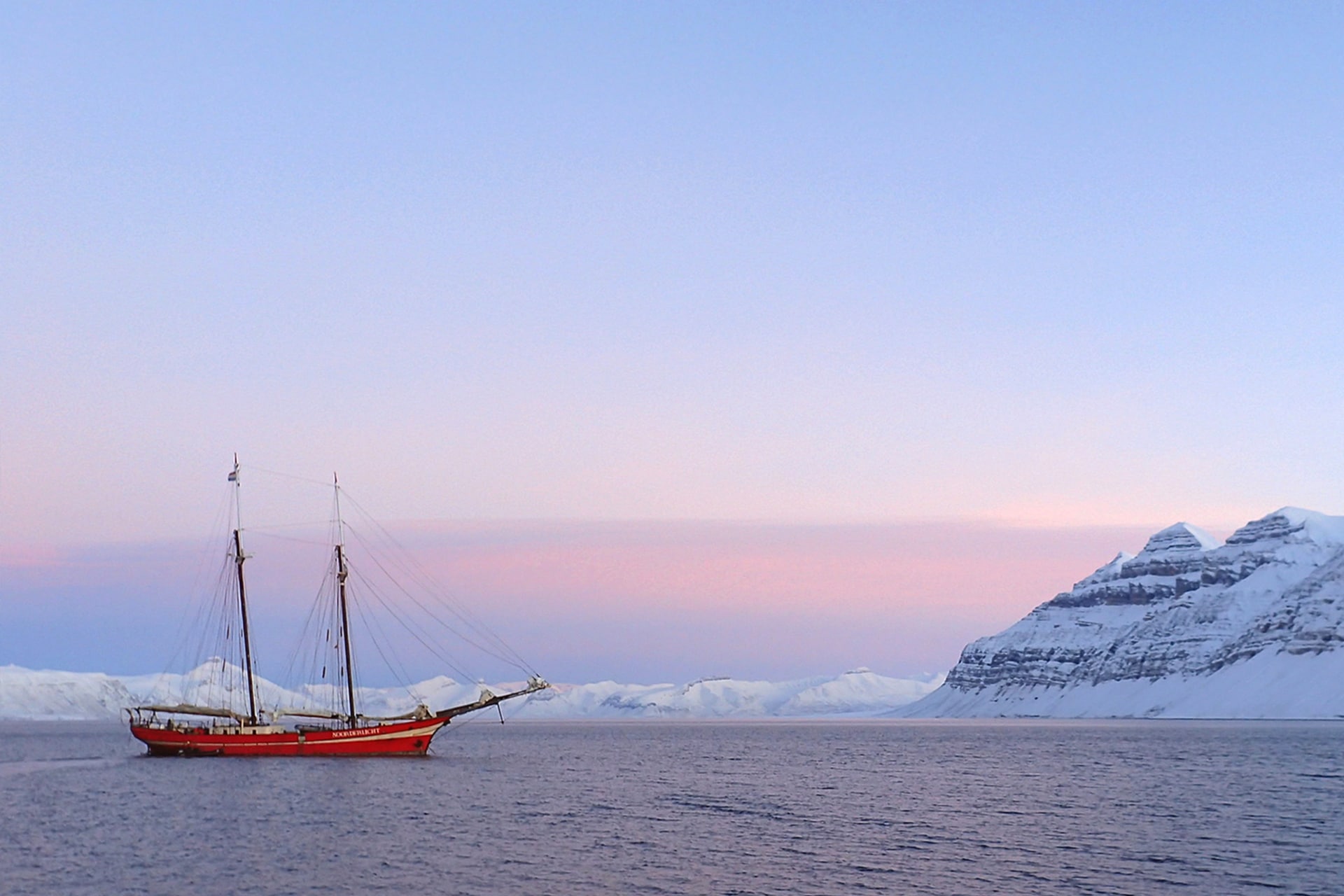
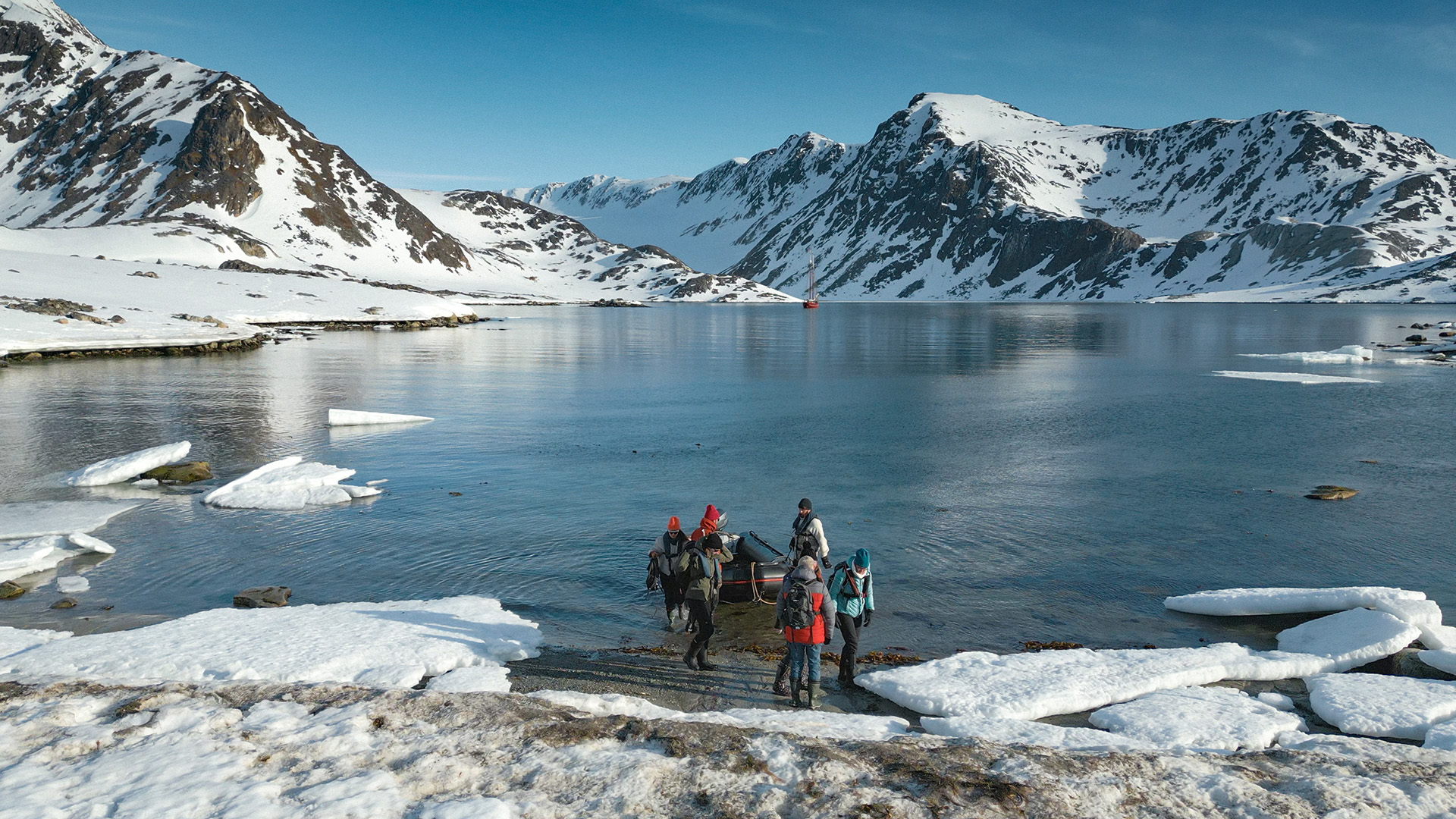
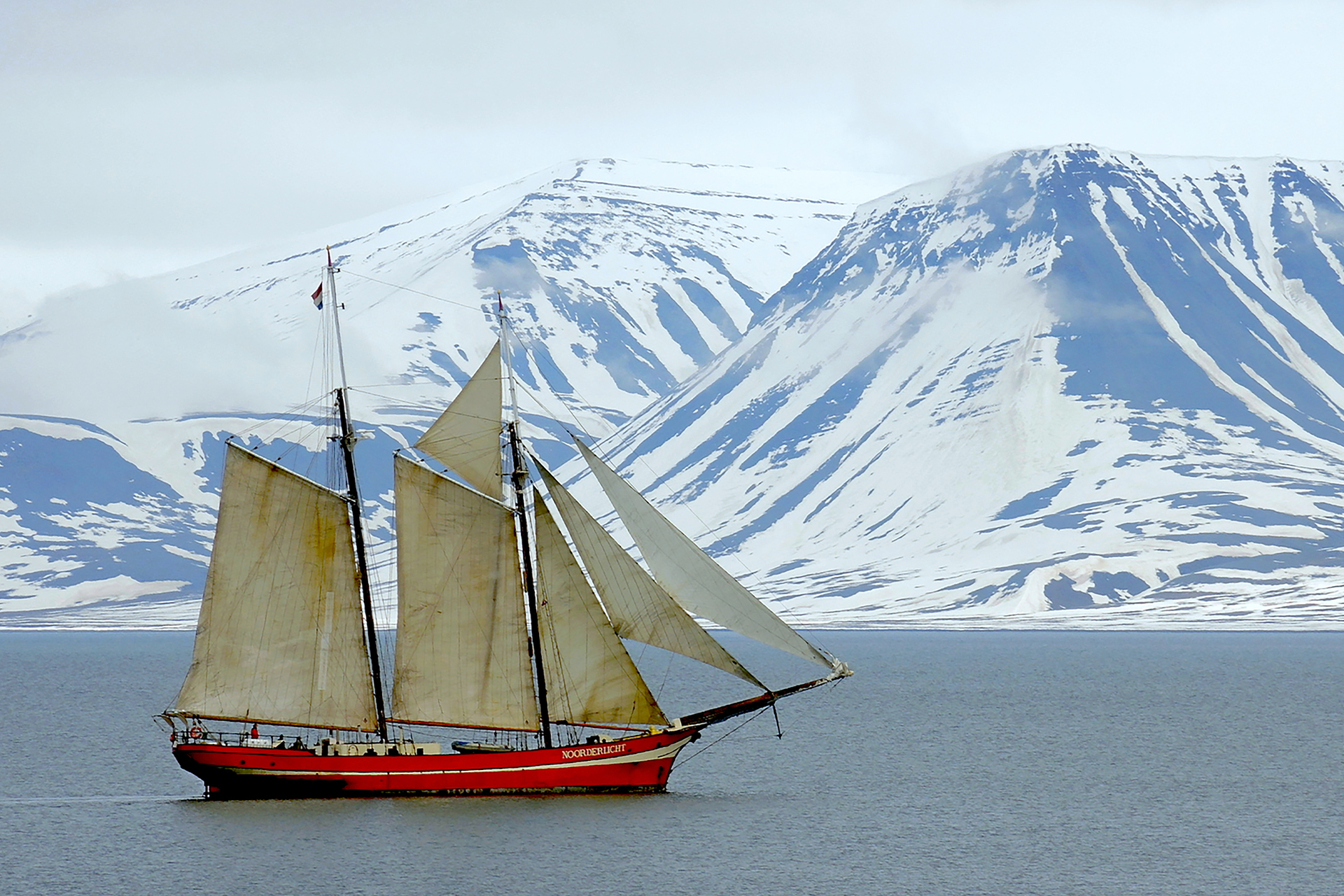
Join us for an adventure sailing tour of Svalbard
If you’d like to learn more about a visit to Svalbard on a sailing adventure with us, head to Noorderlicht’s page to find out more information about specific voyages. If you’re interested in learning more about the location, head to our Svalbard destination page for all the latest information!

